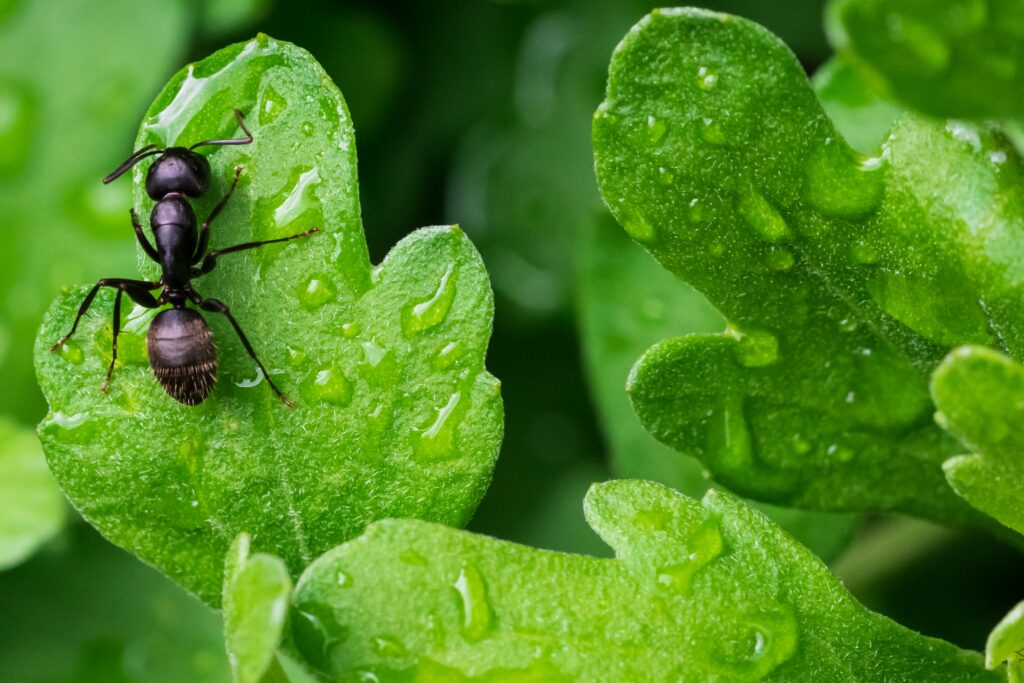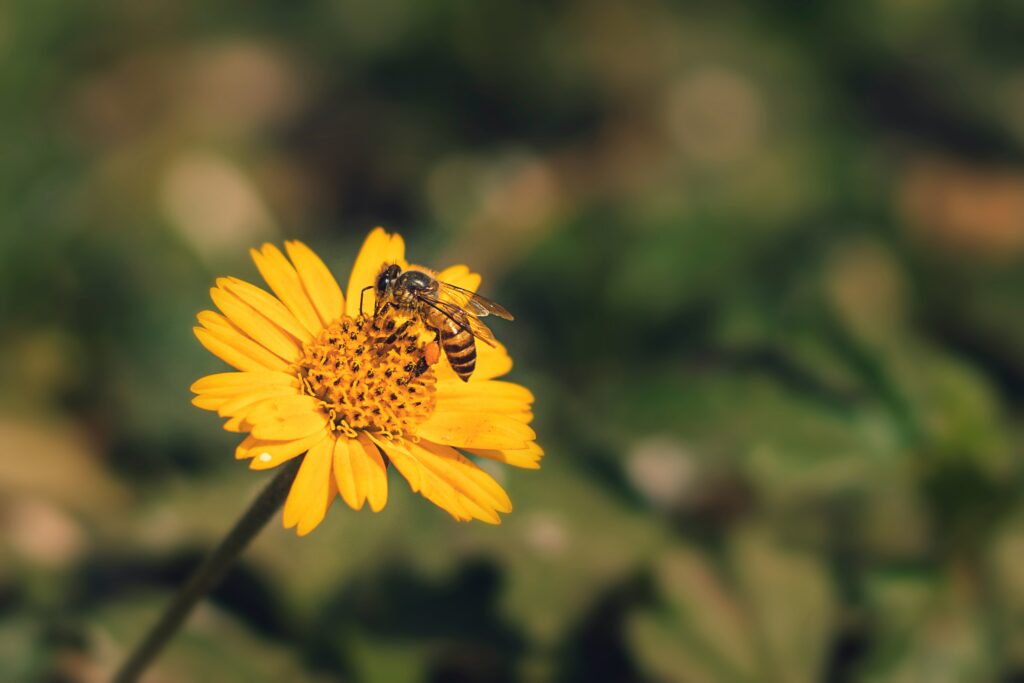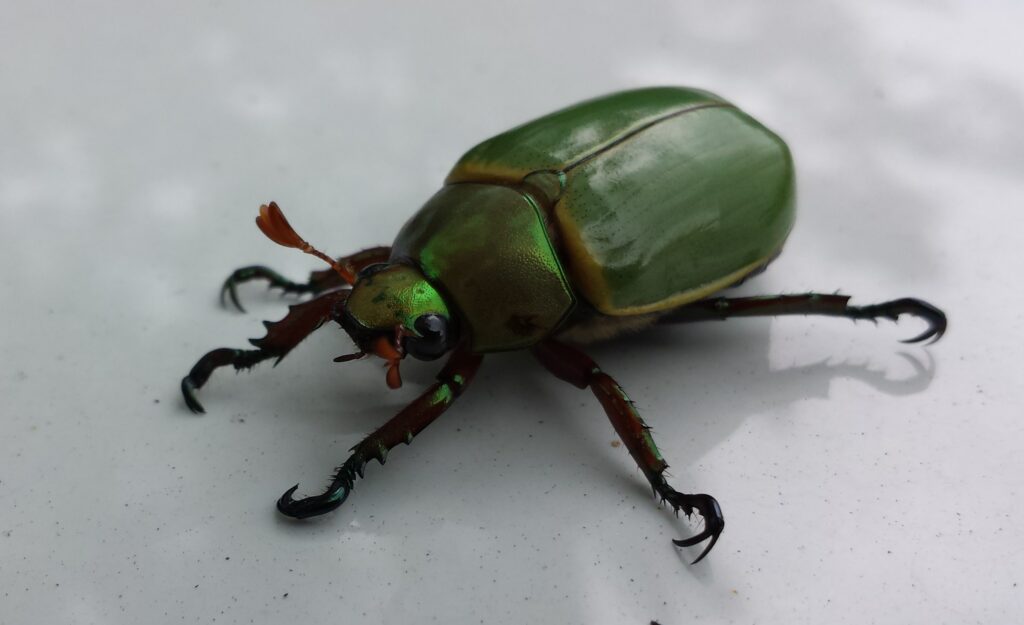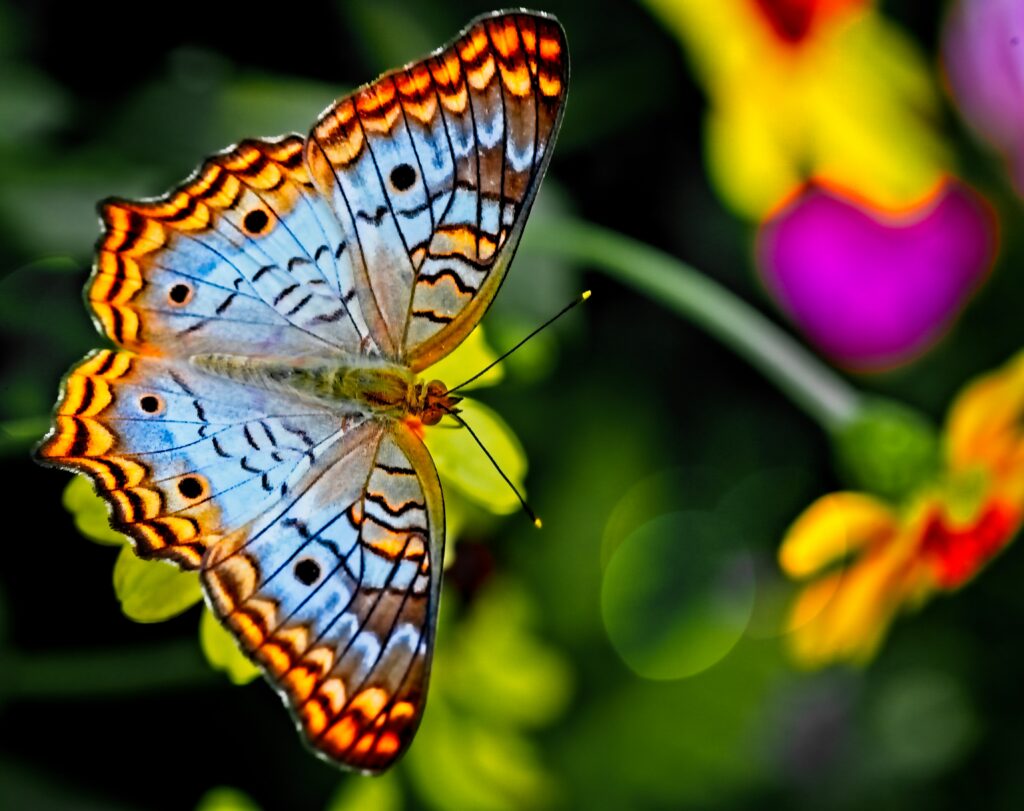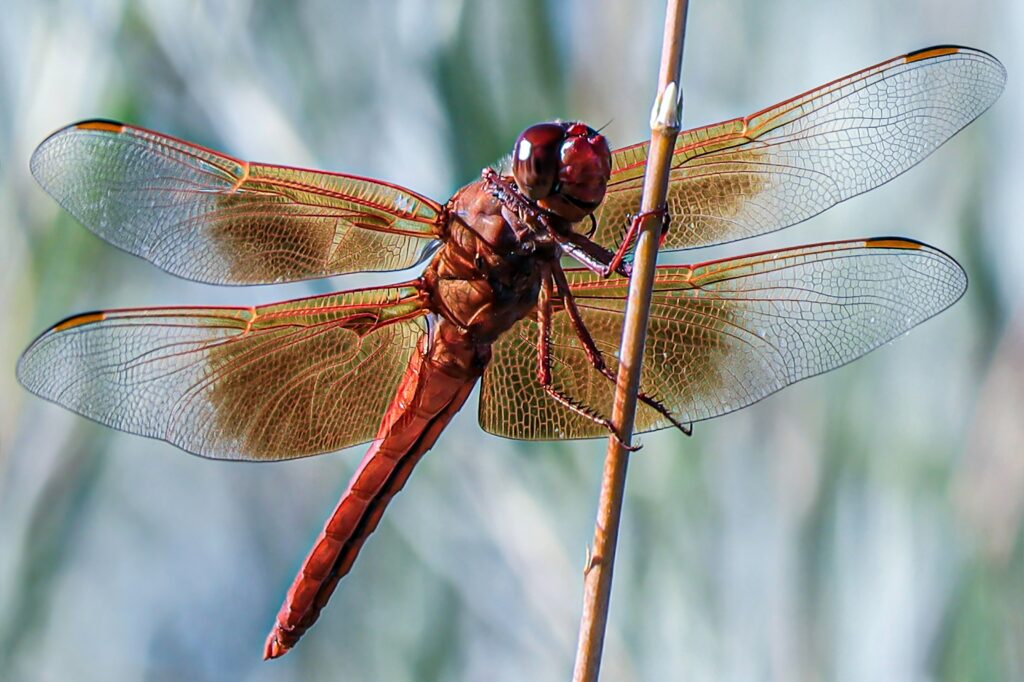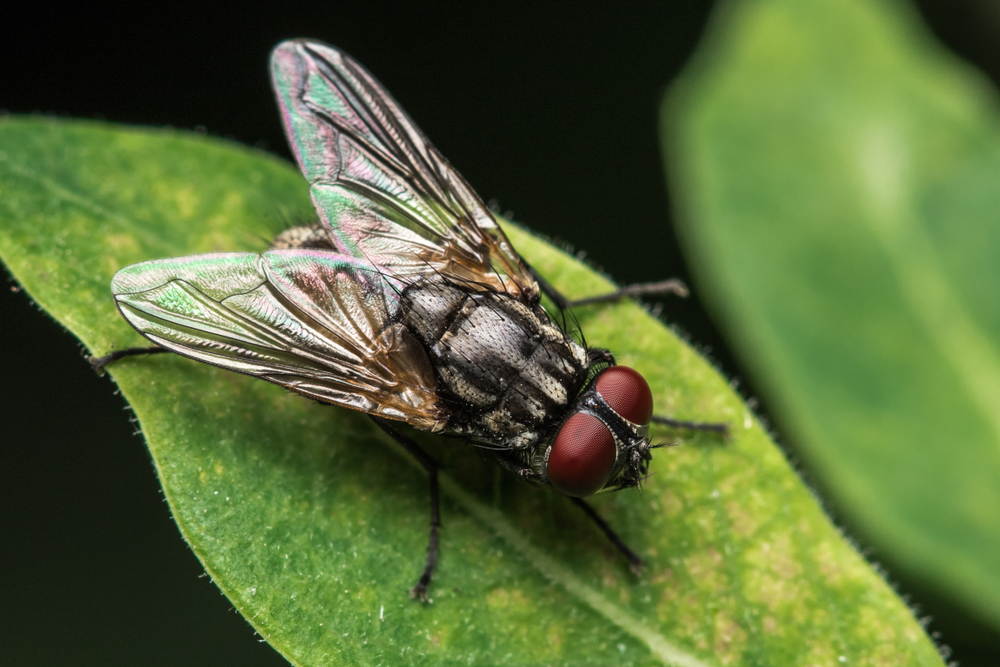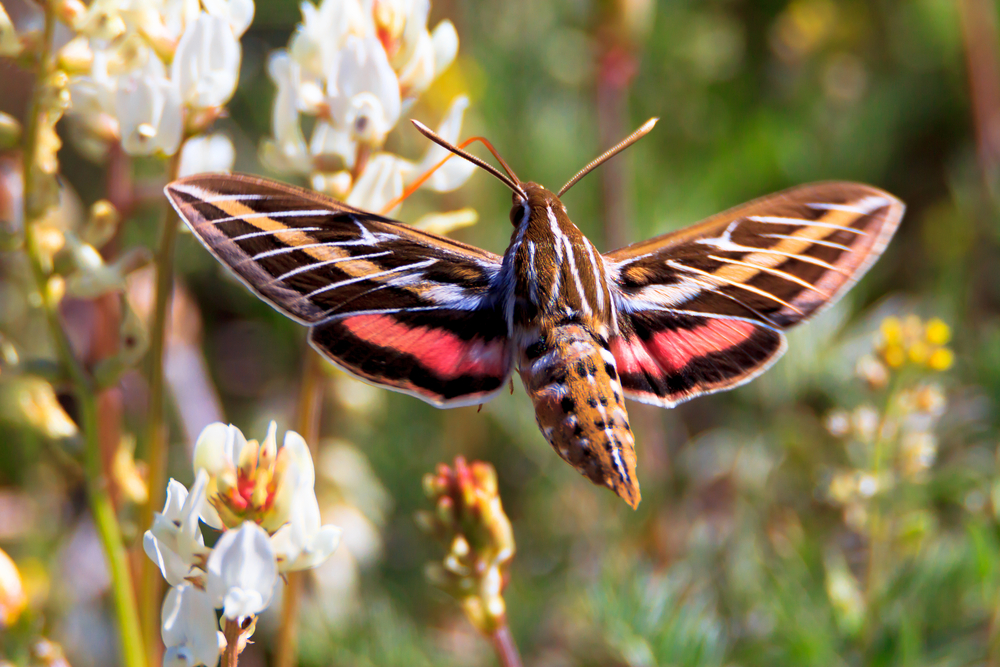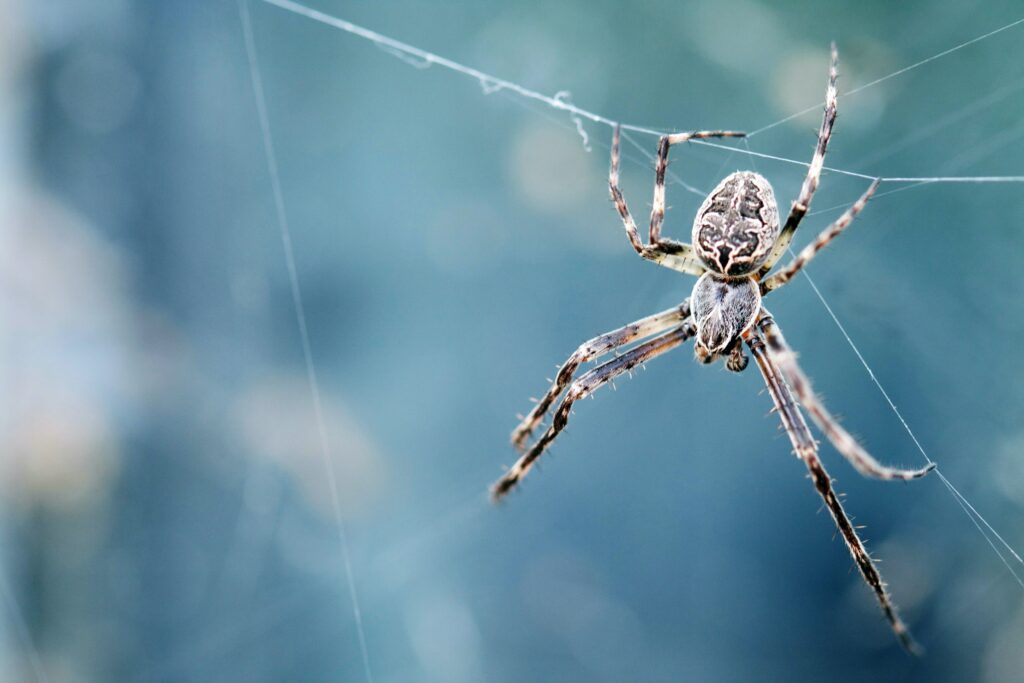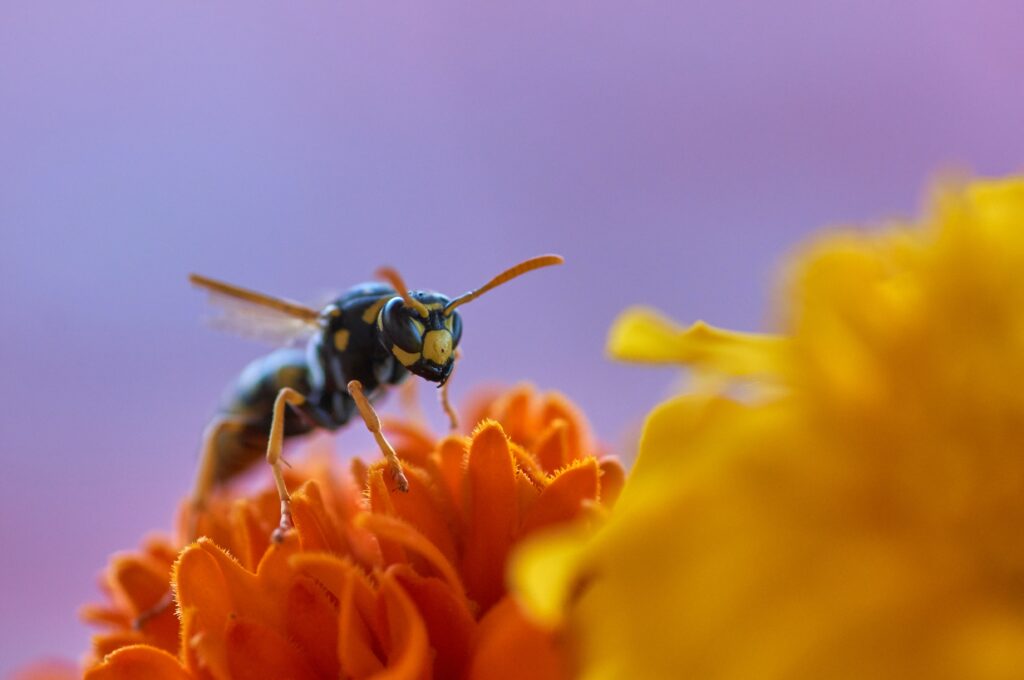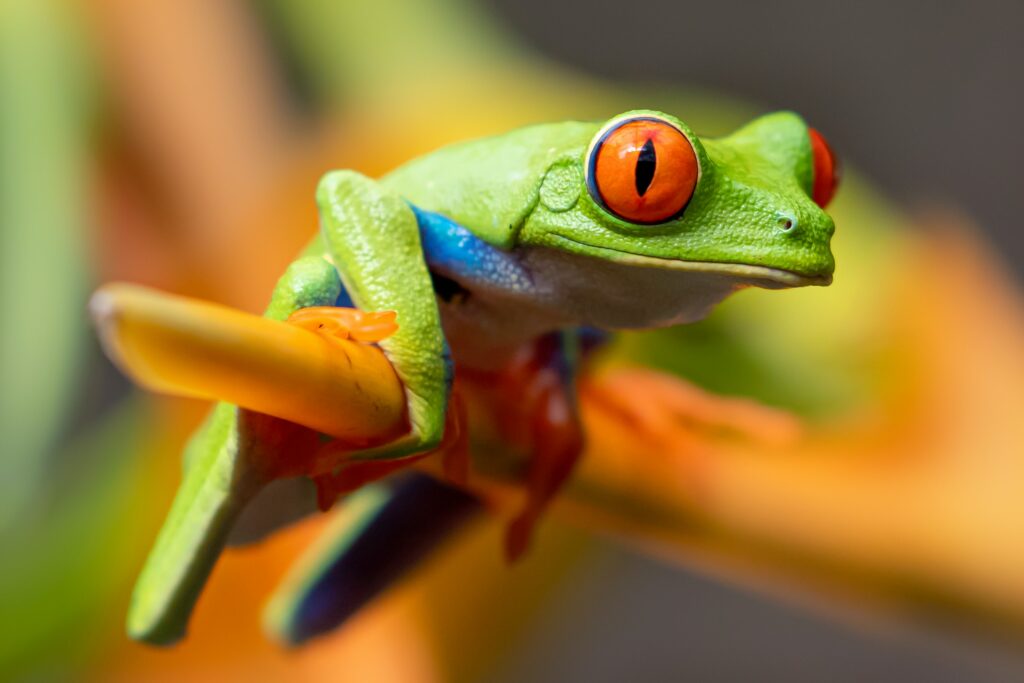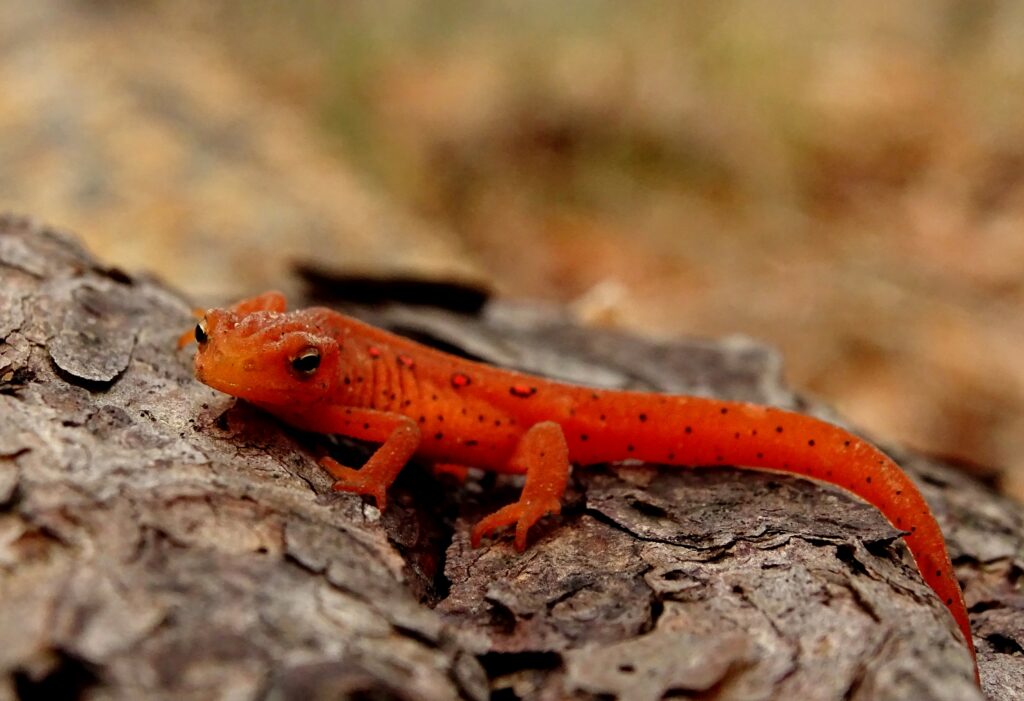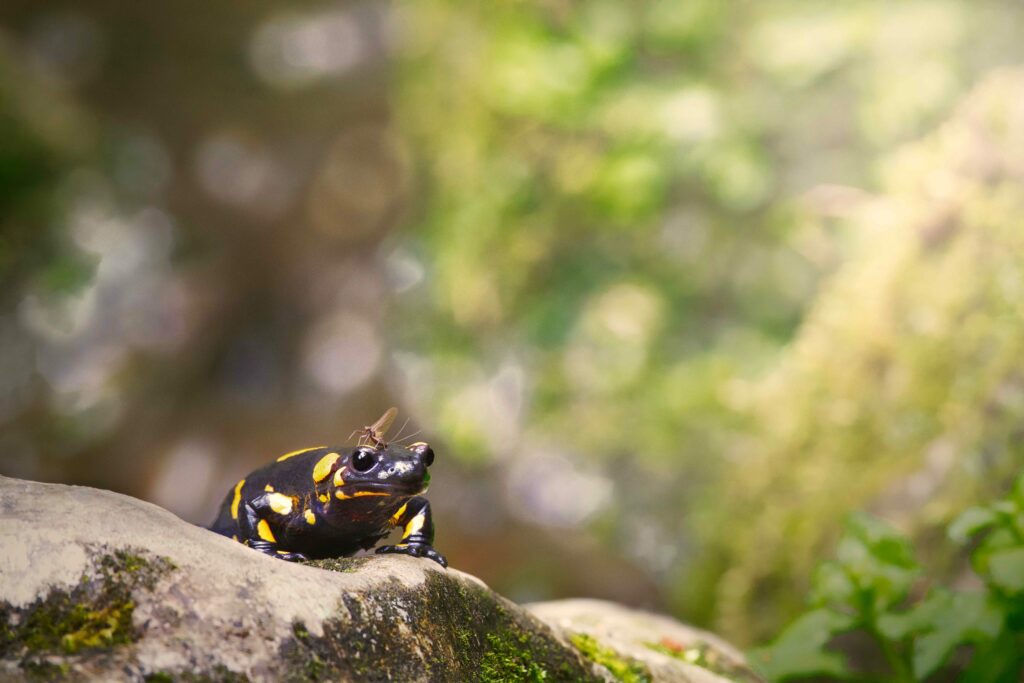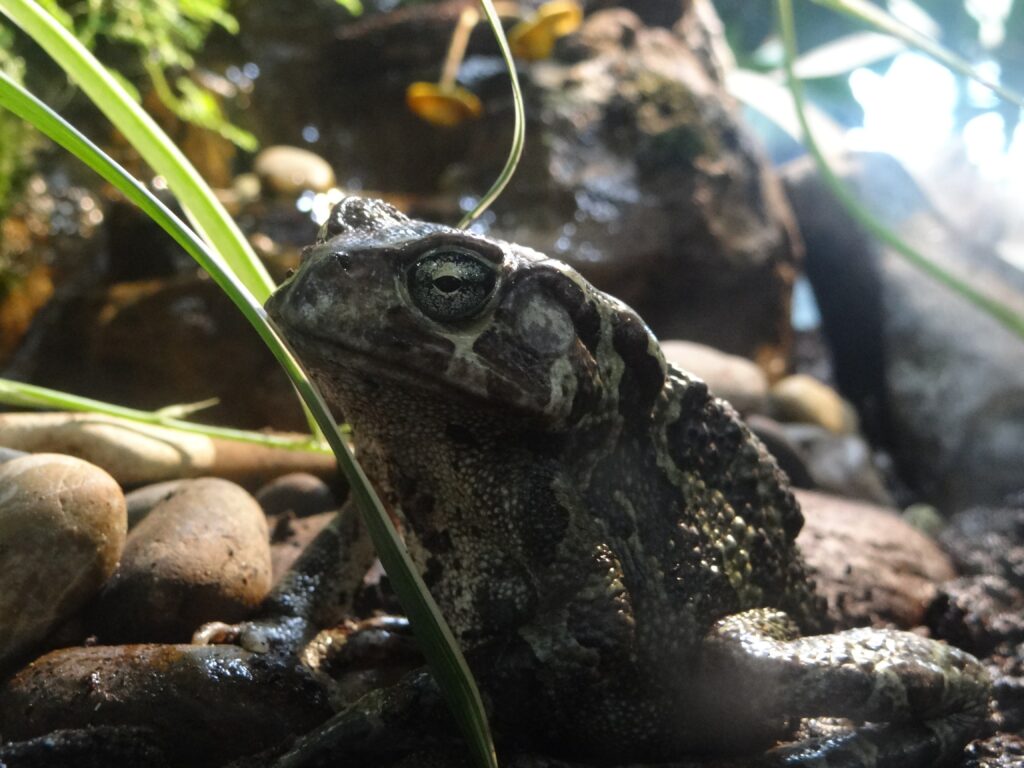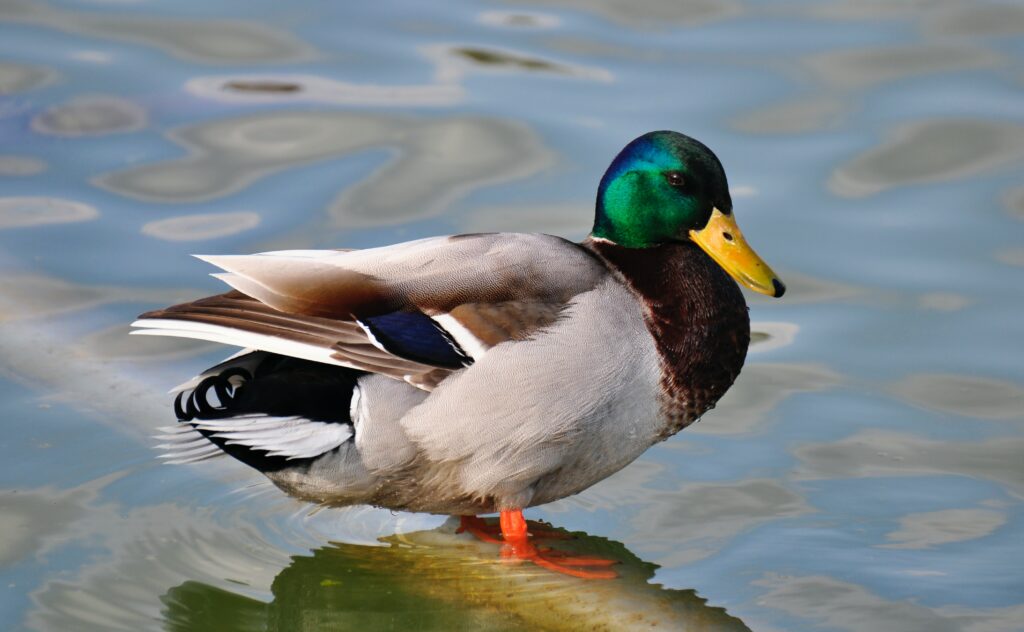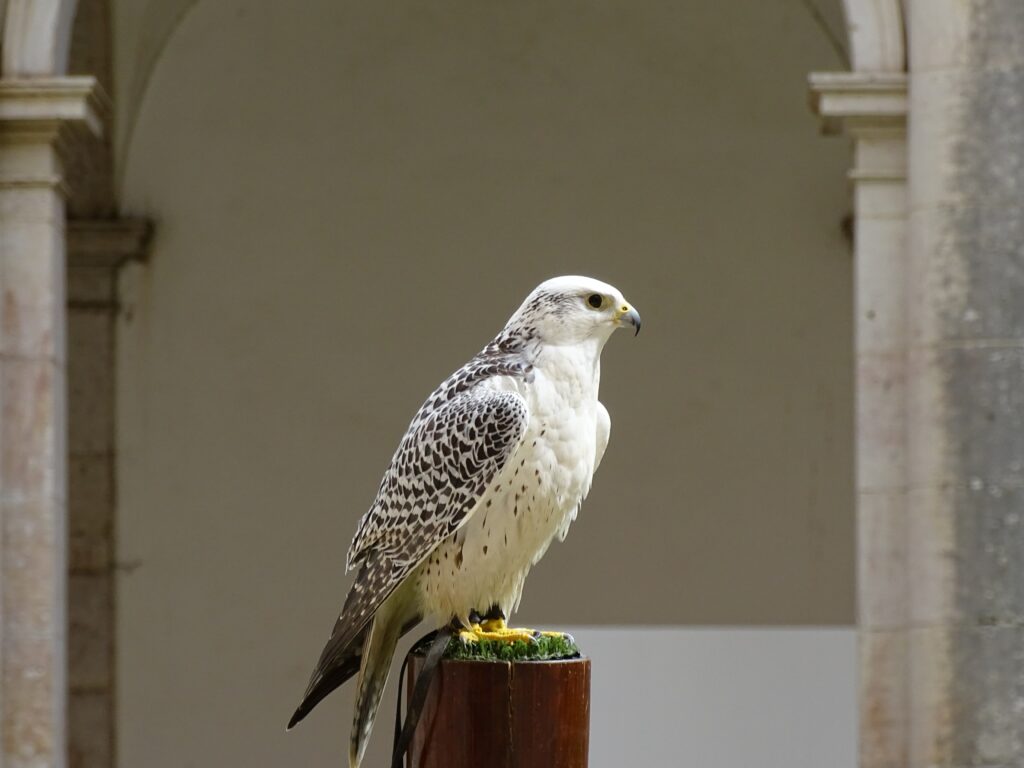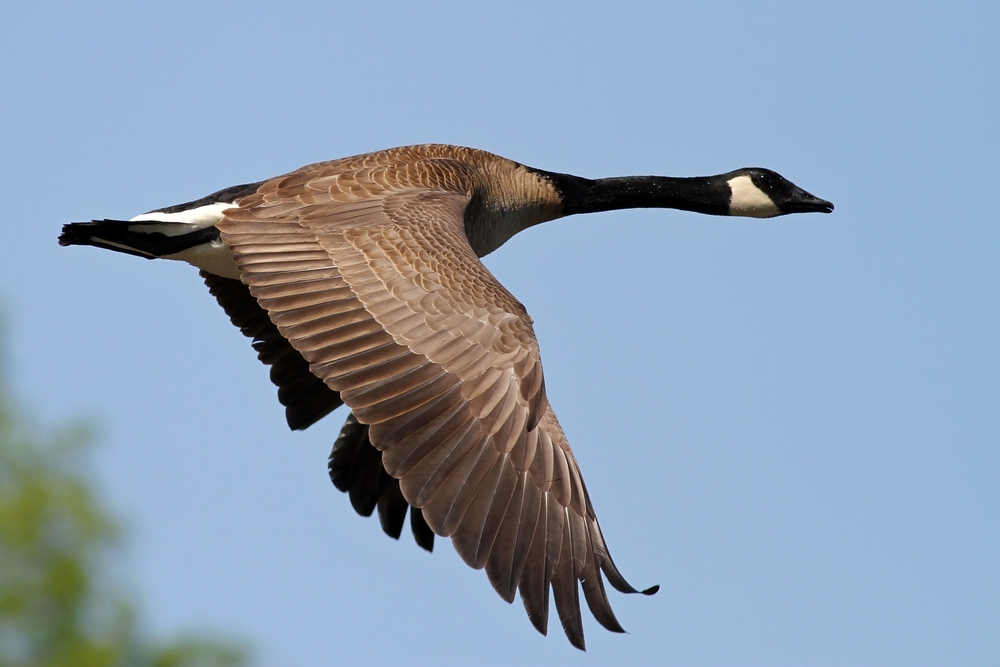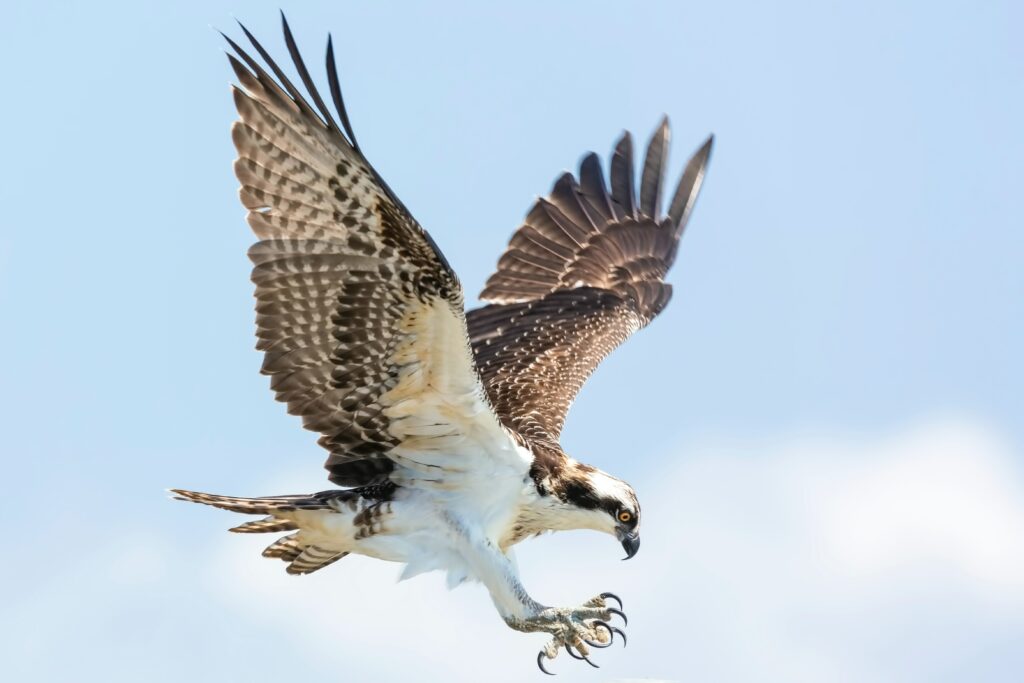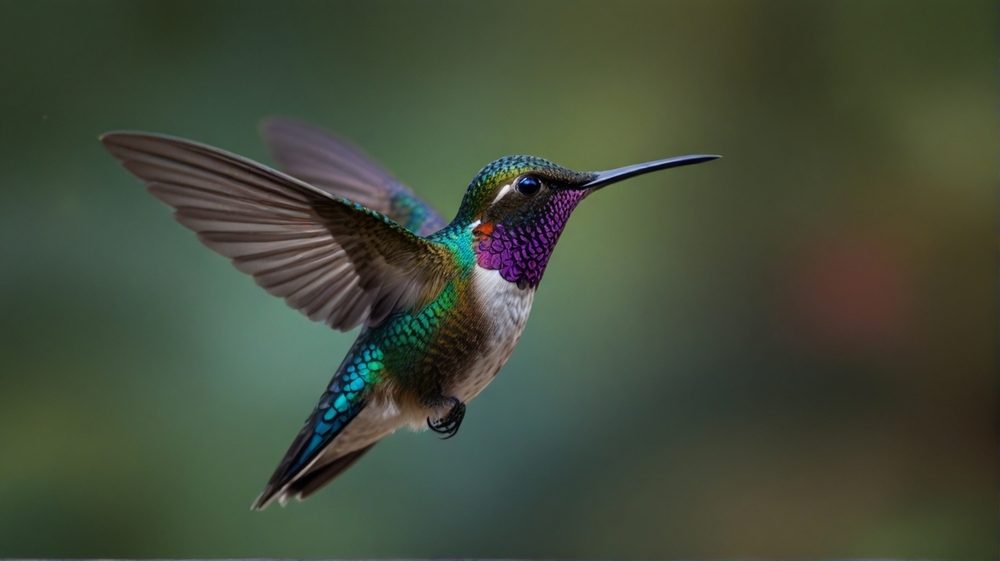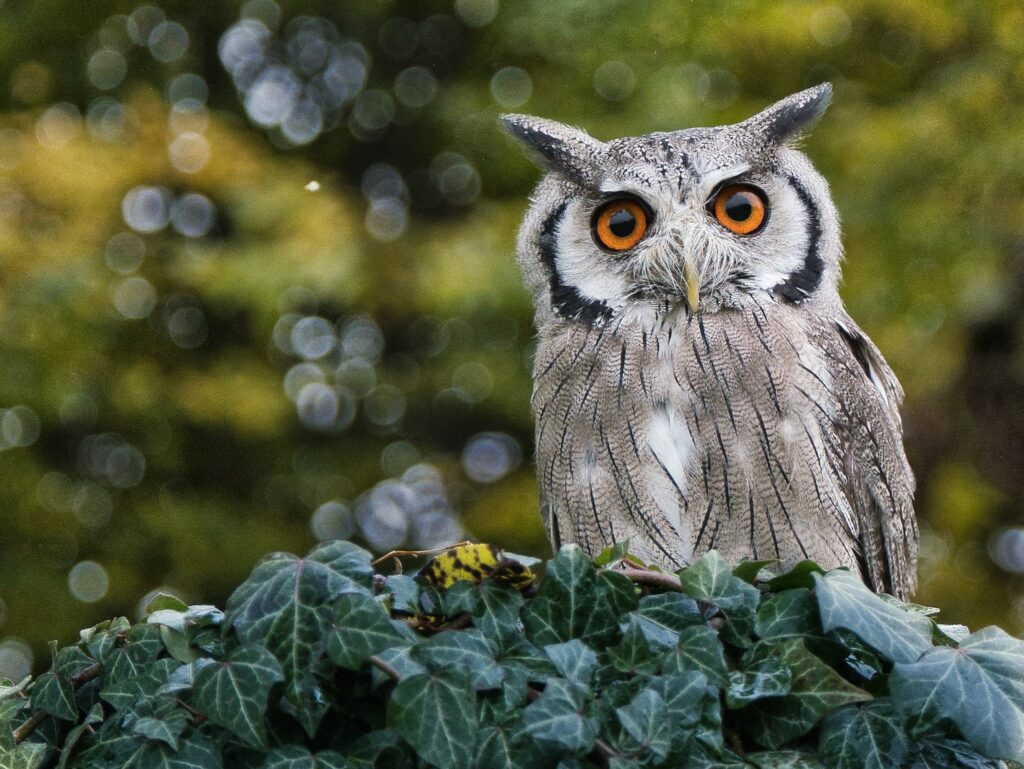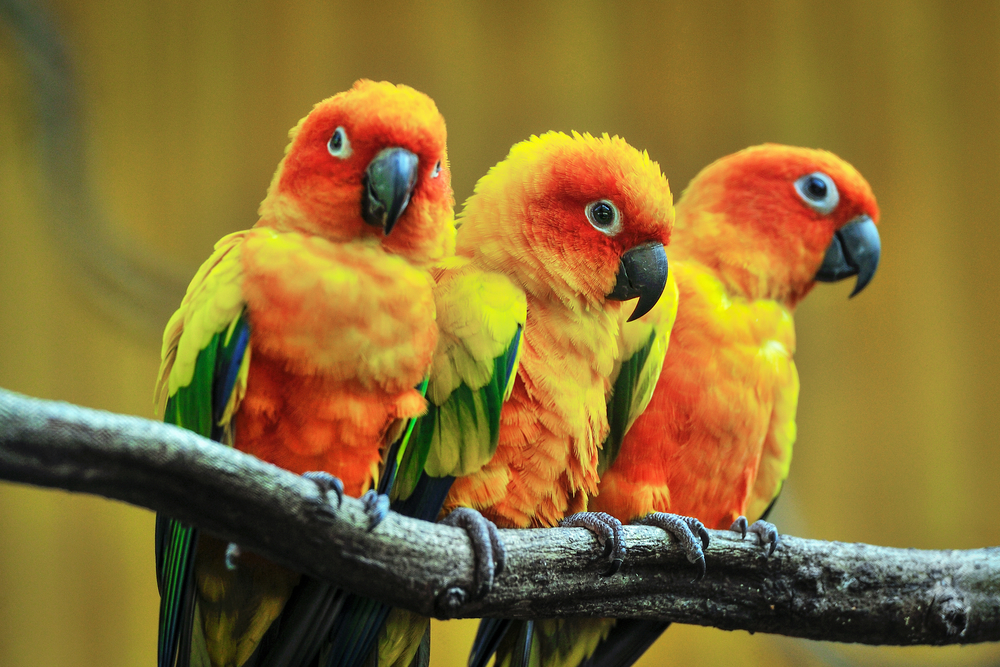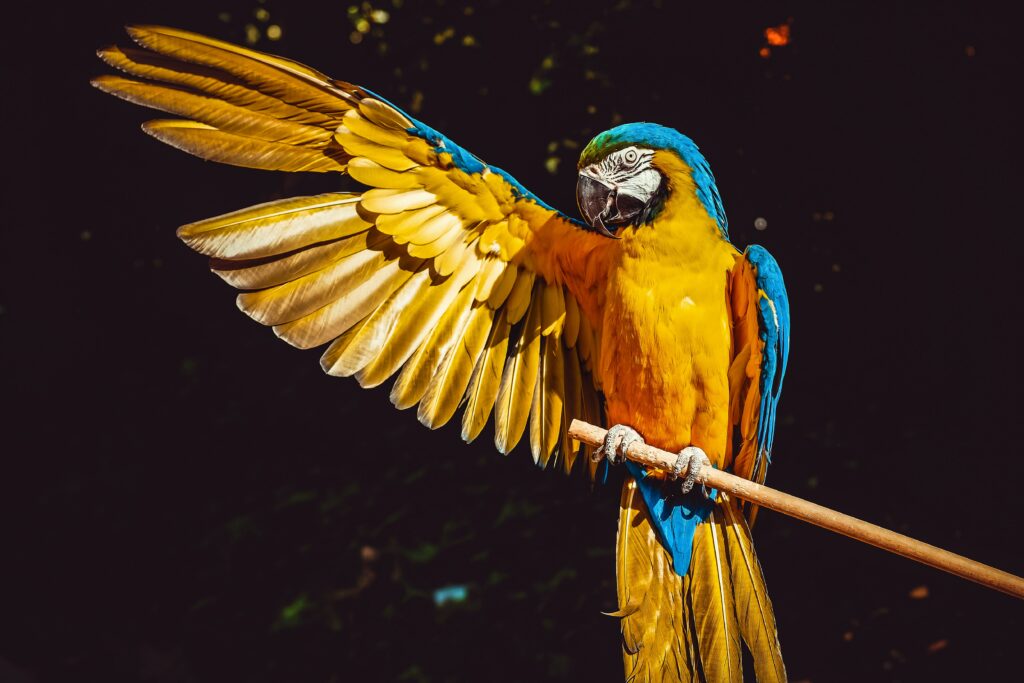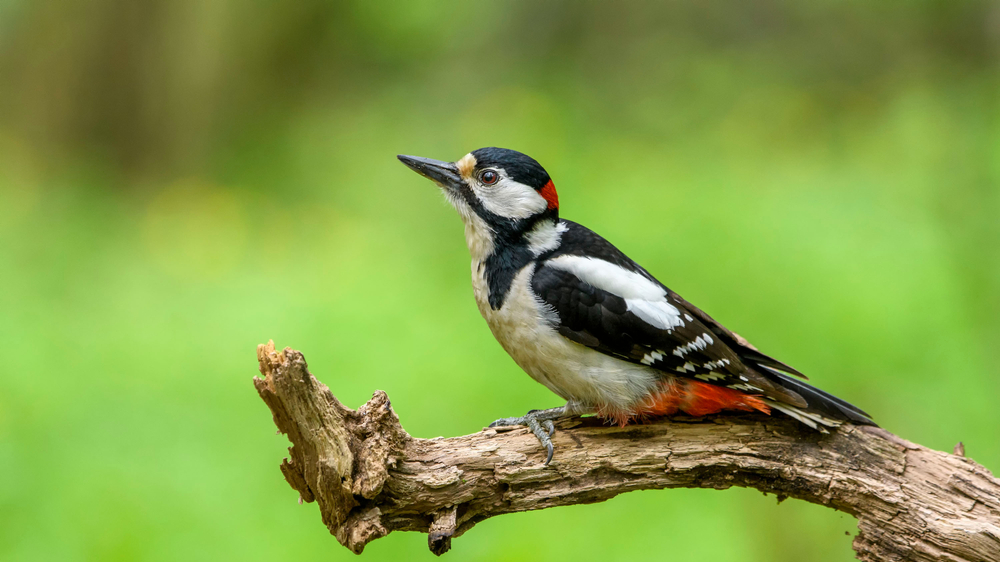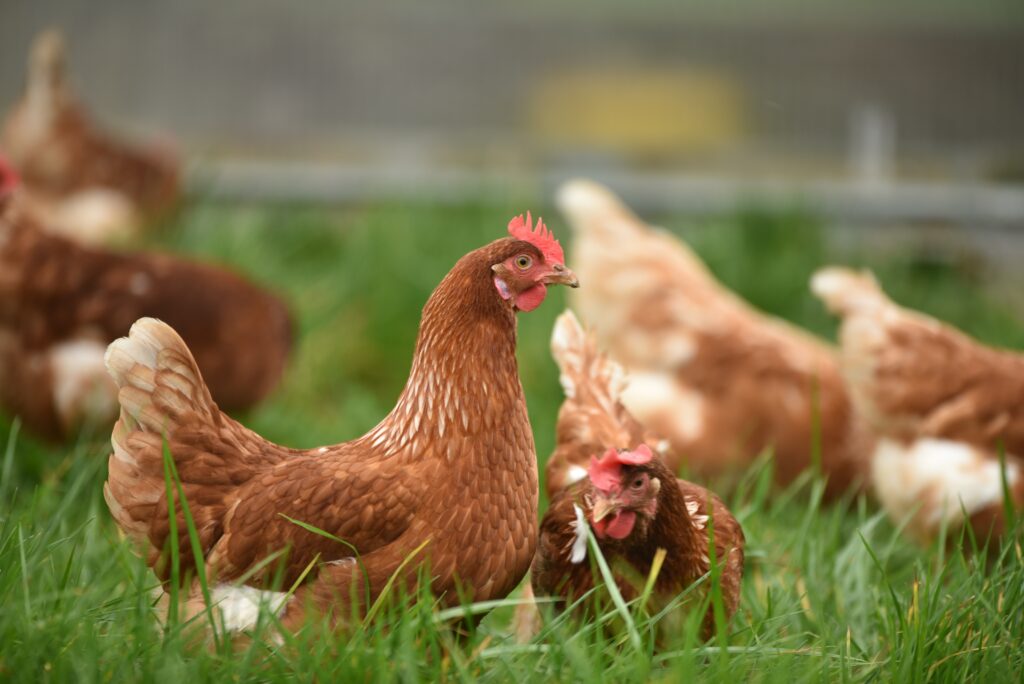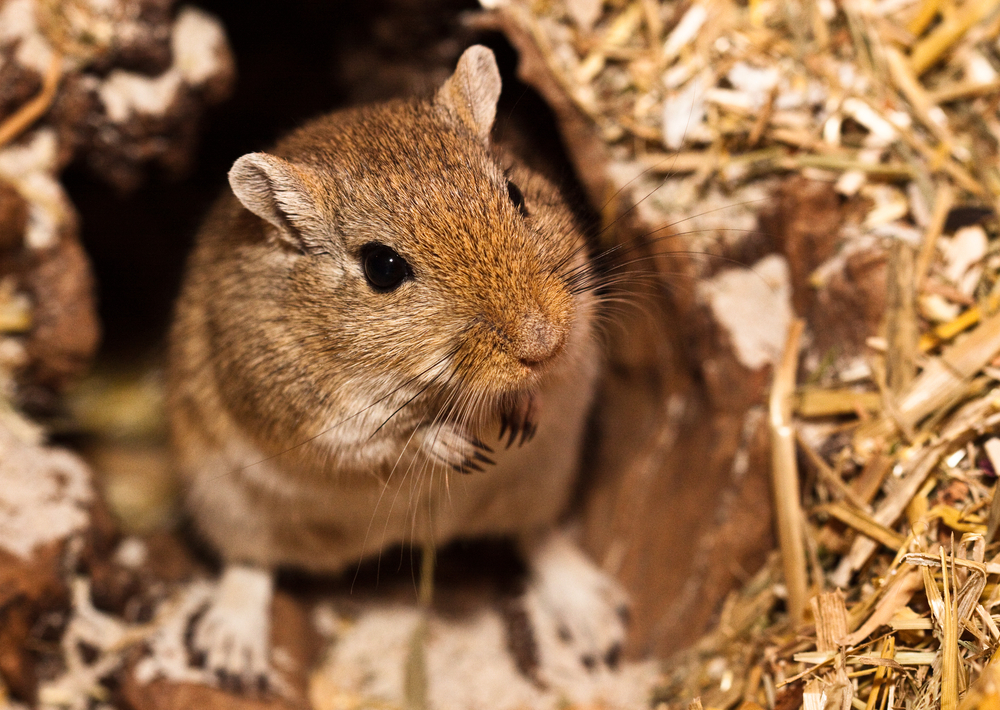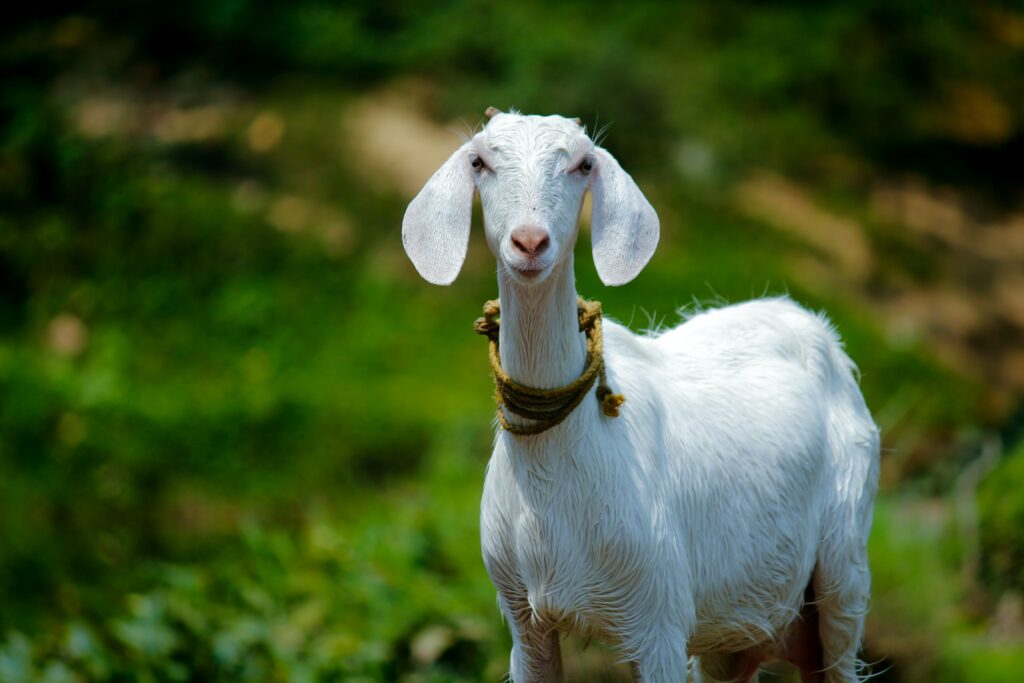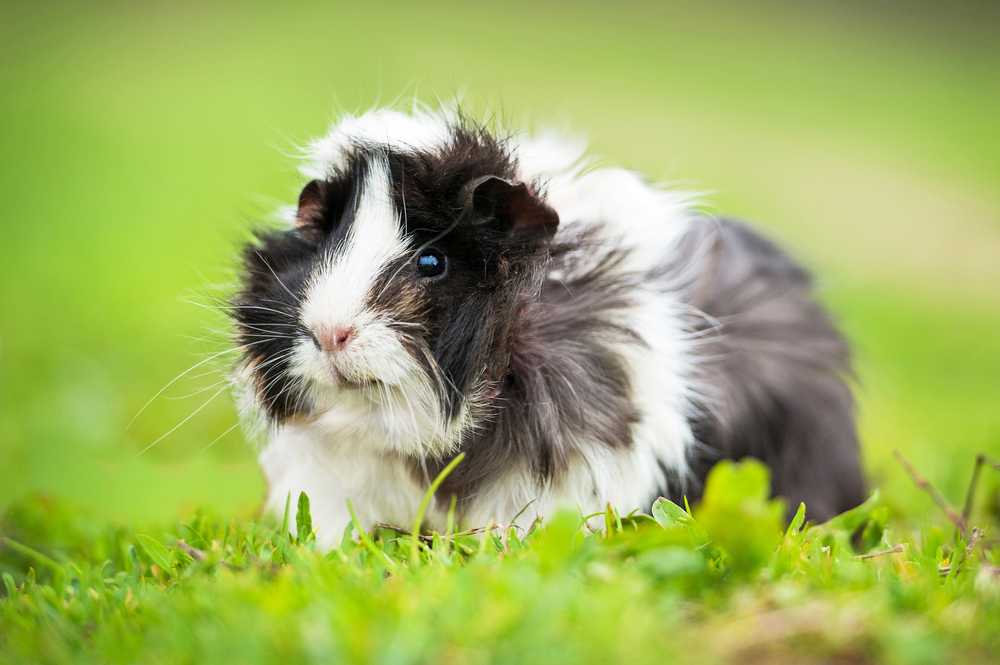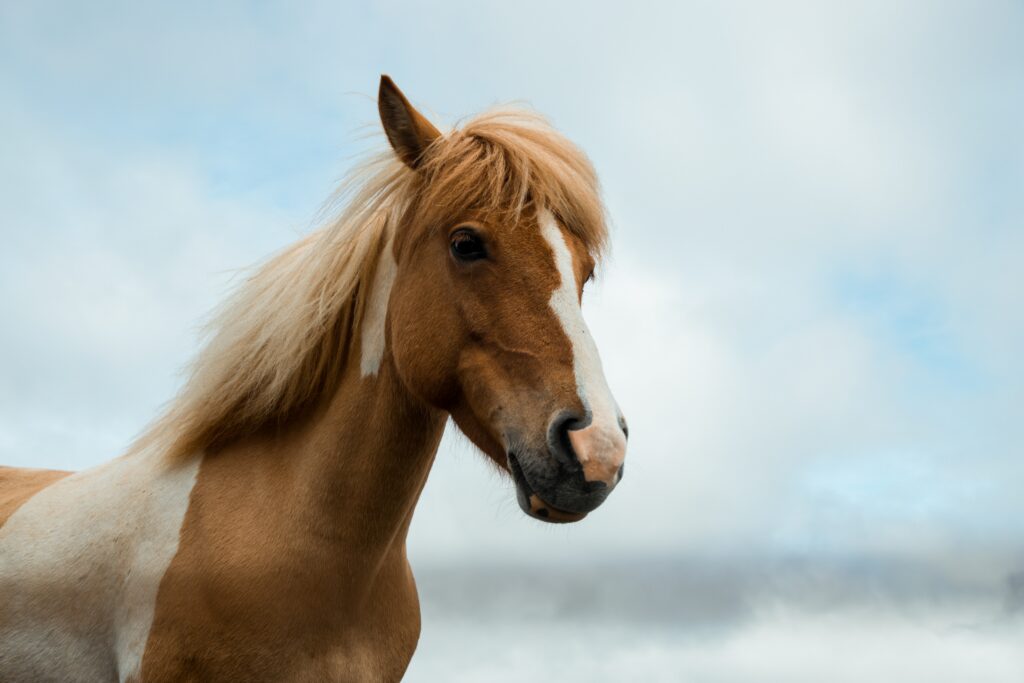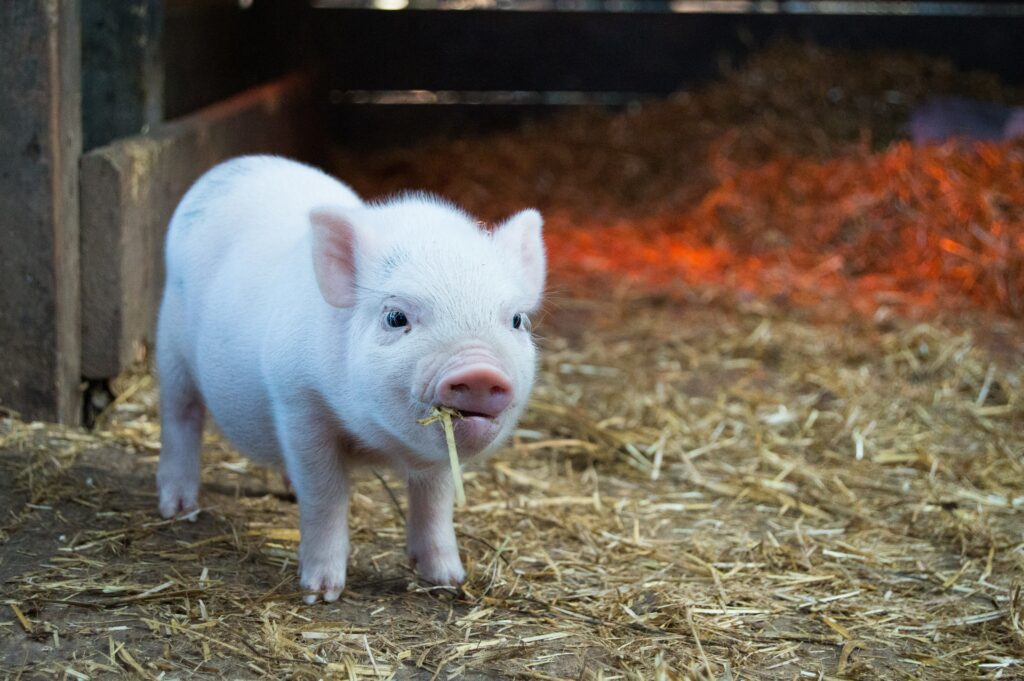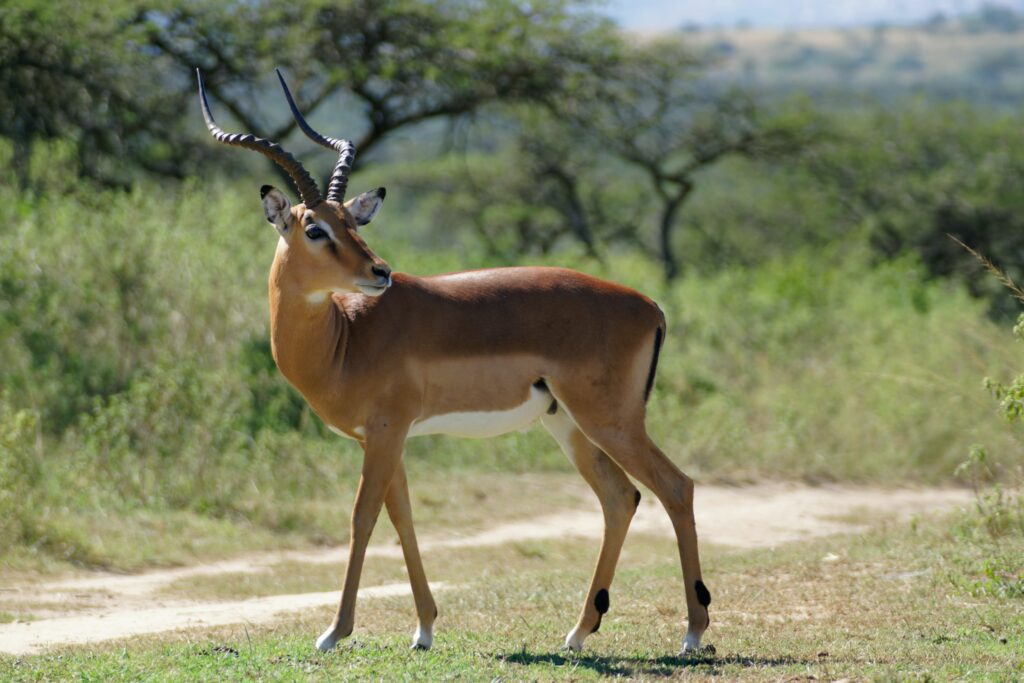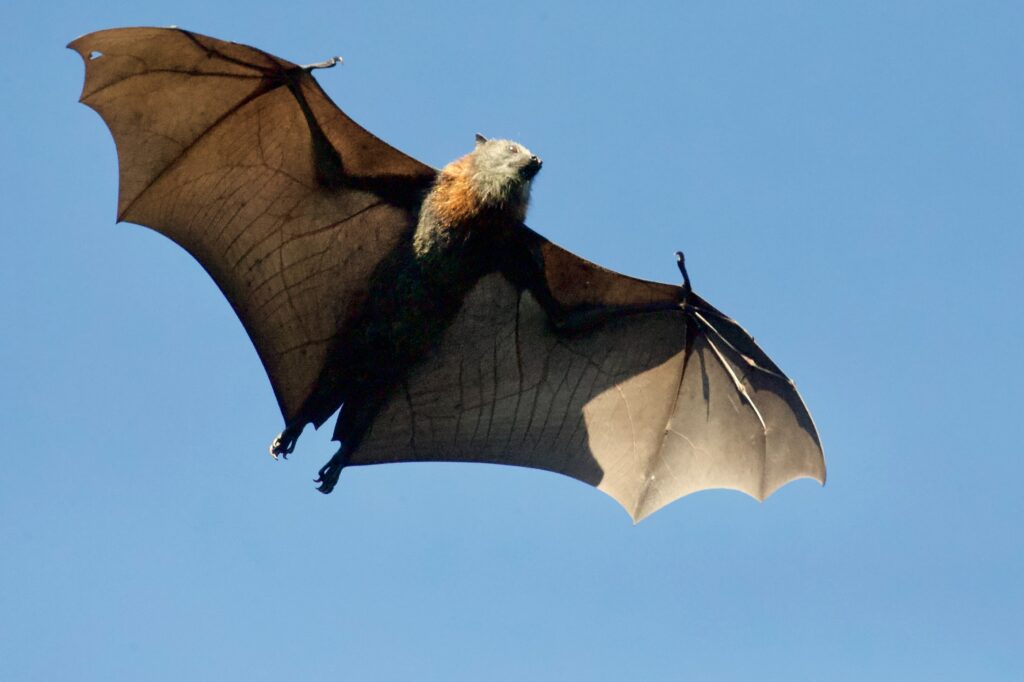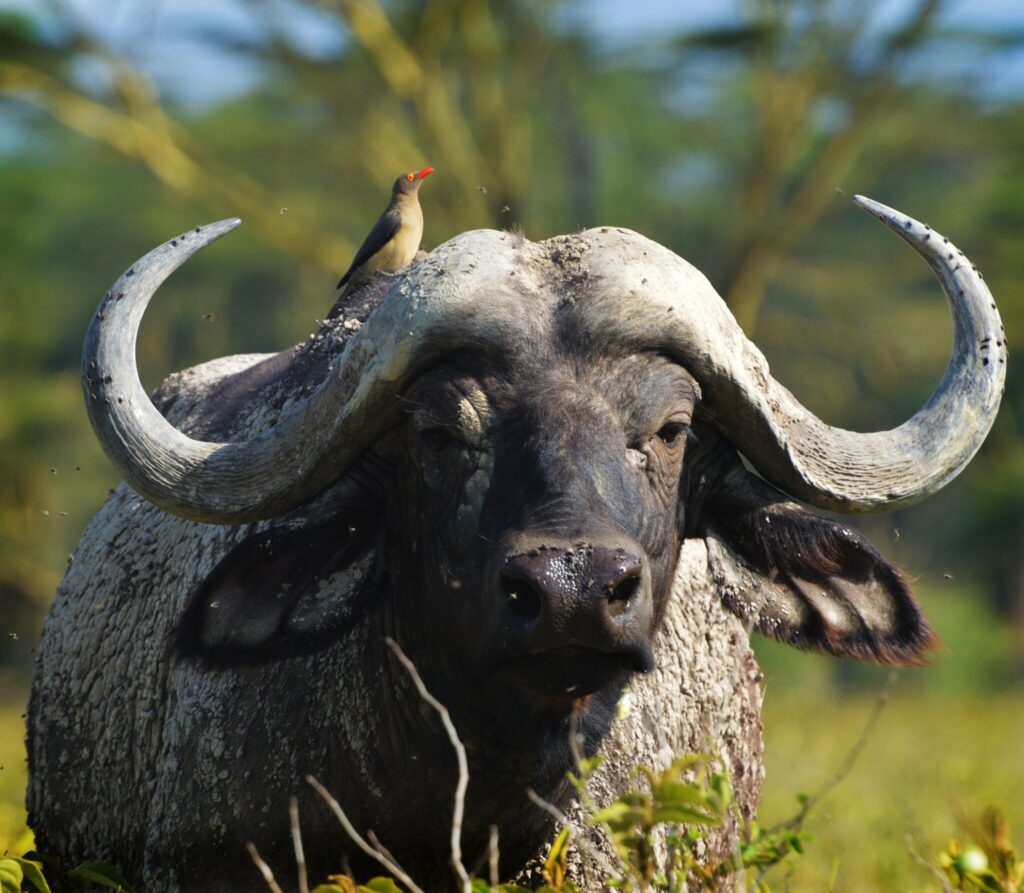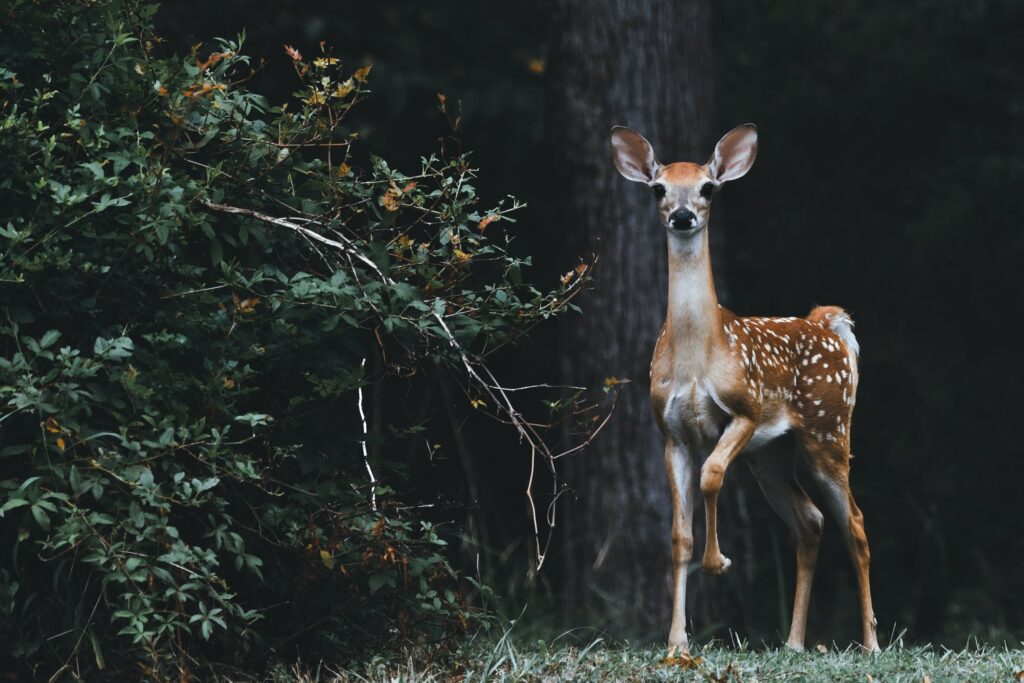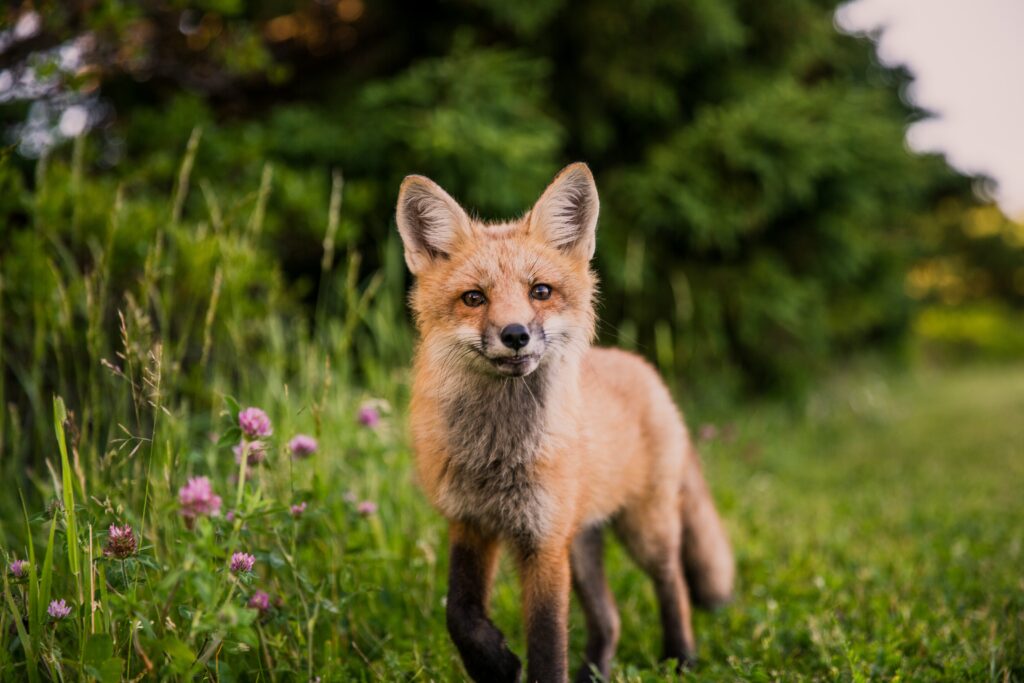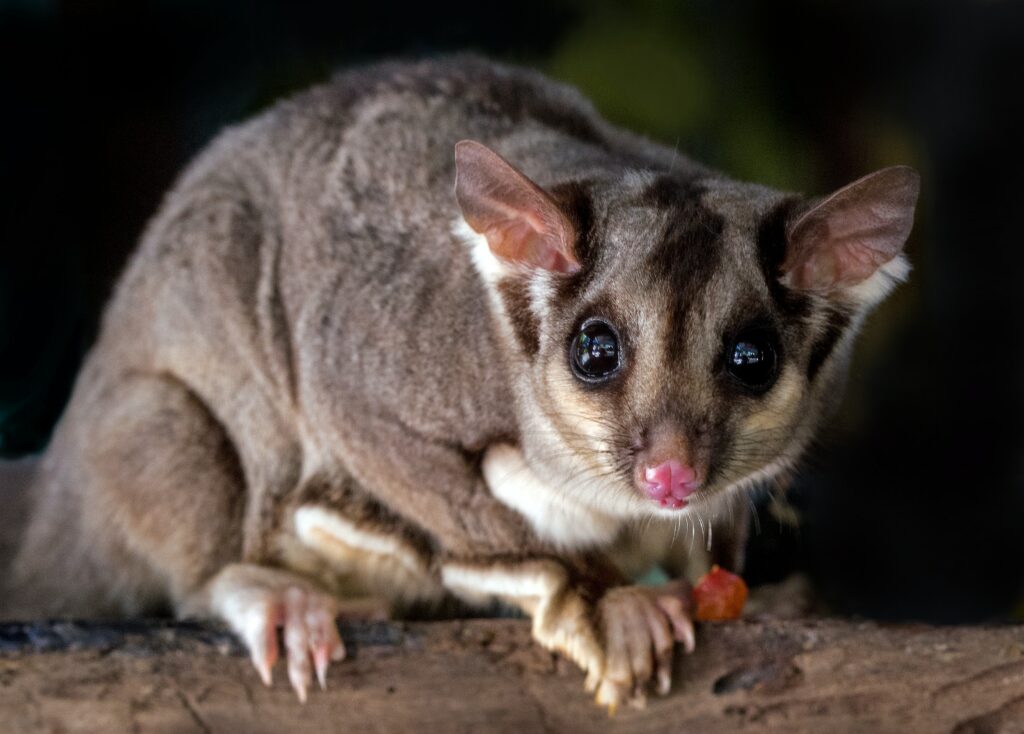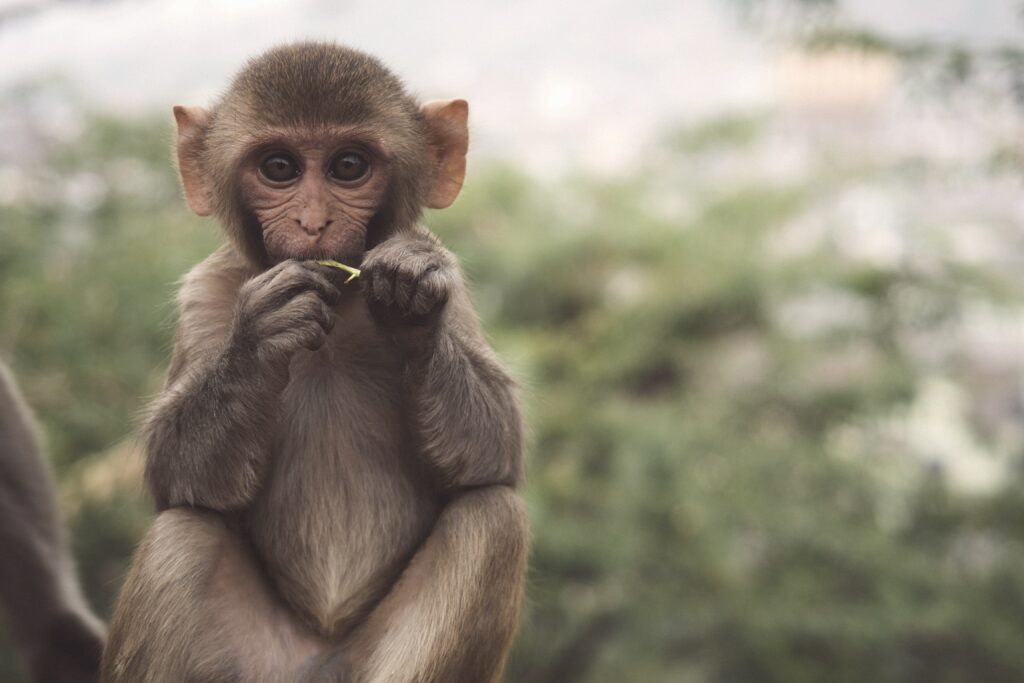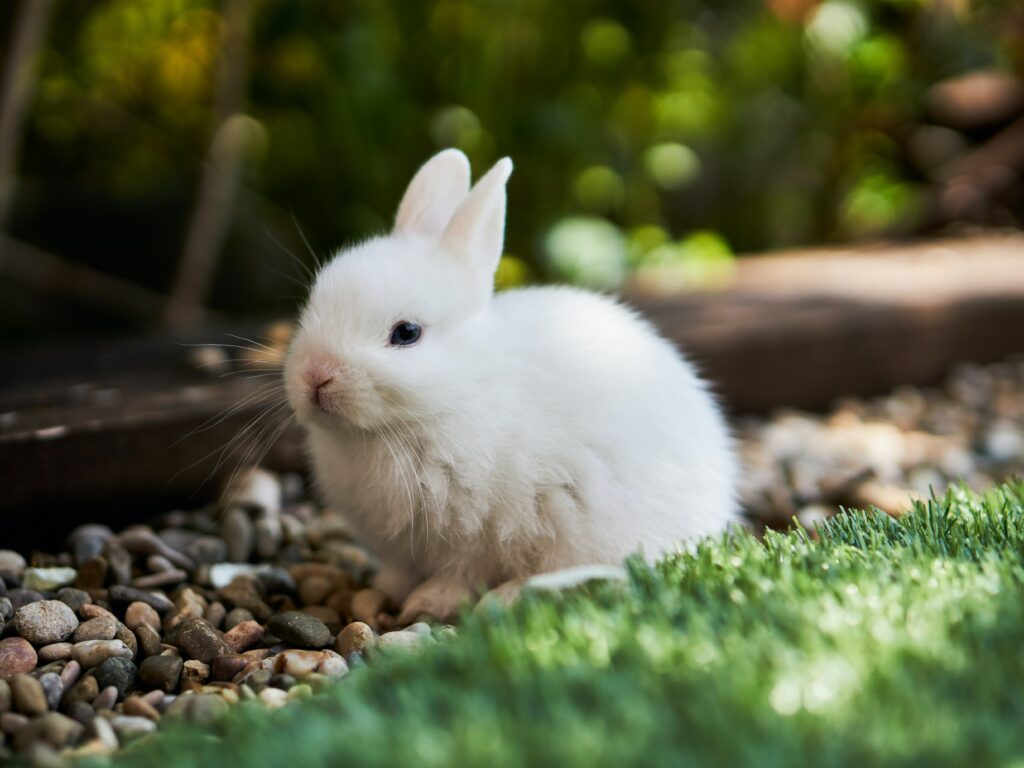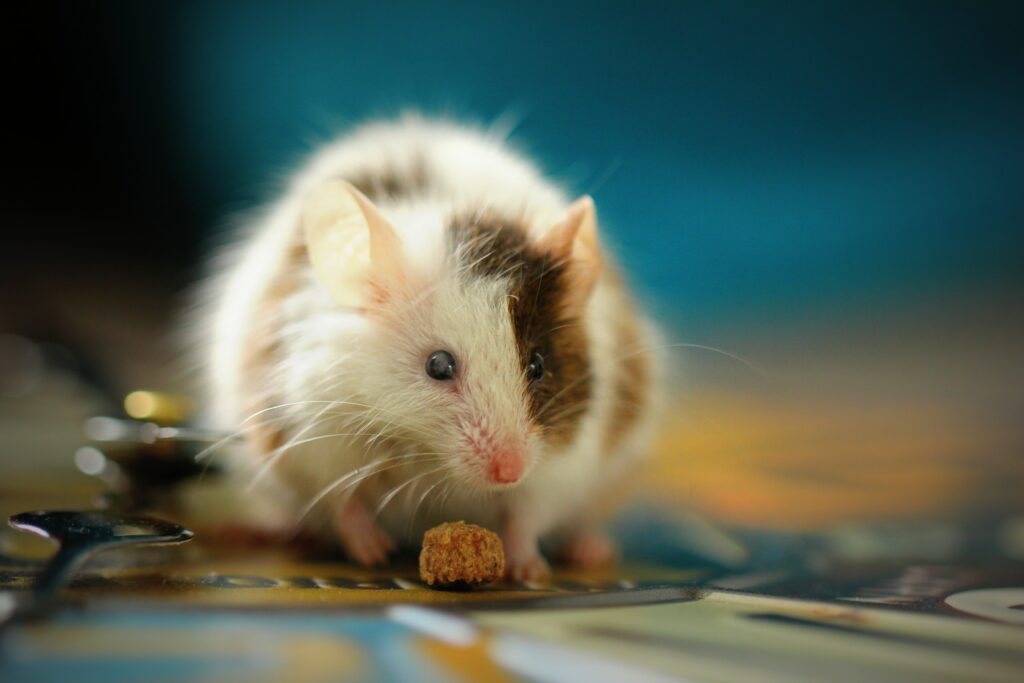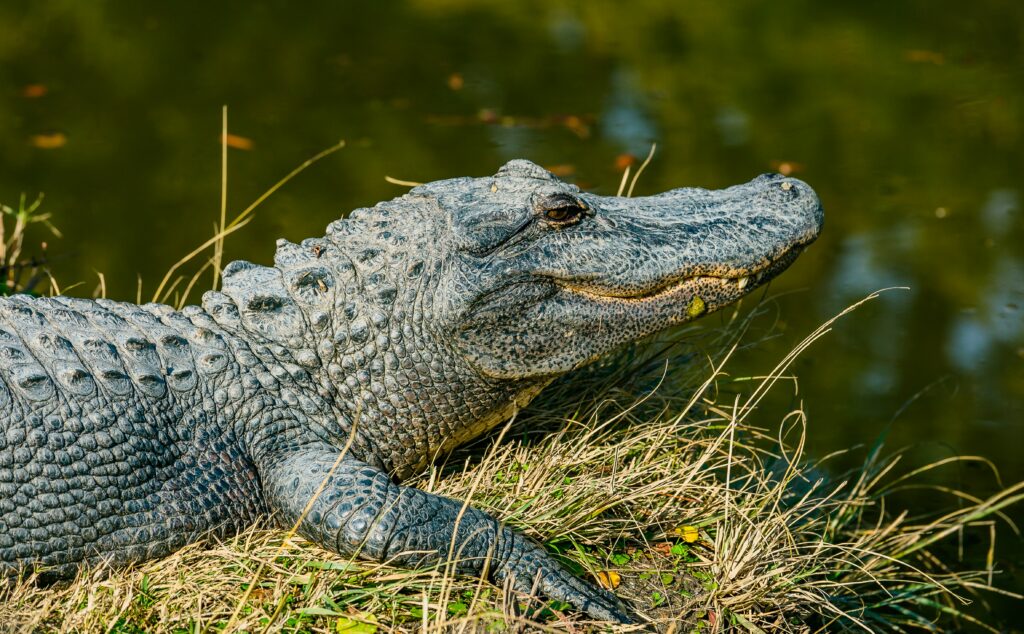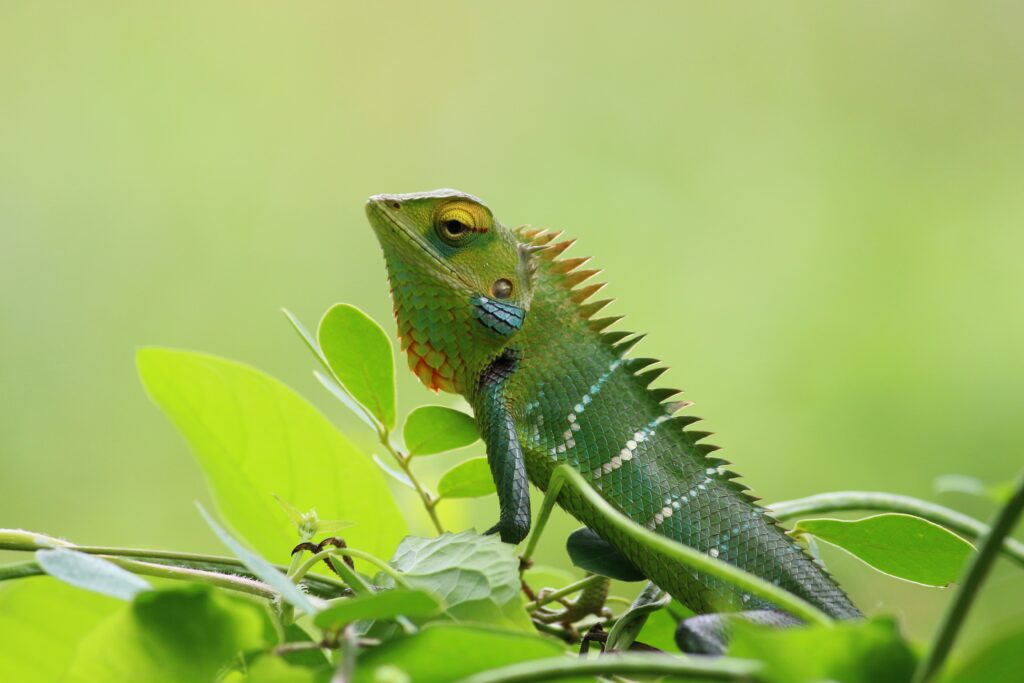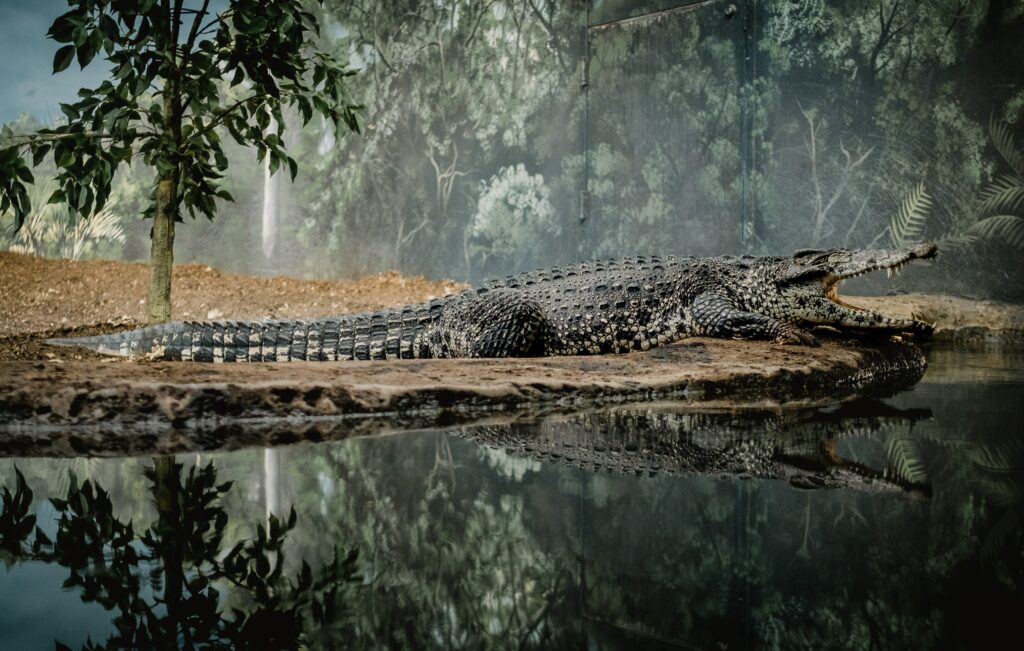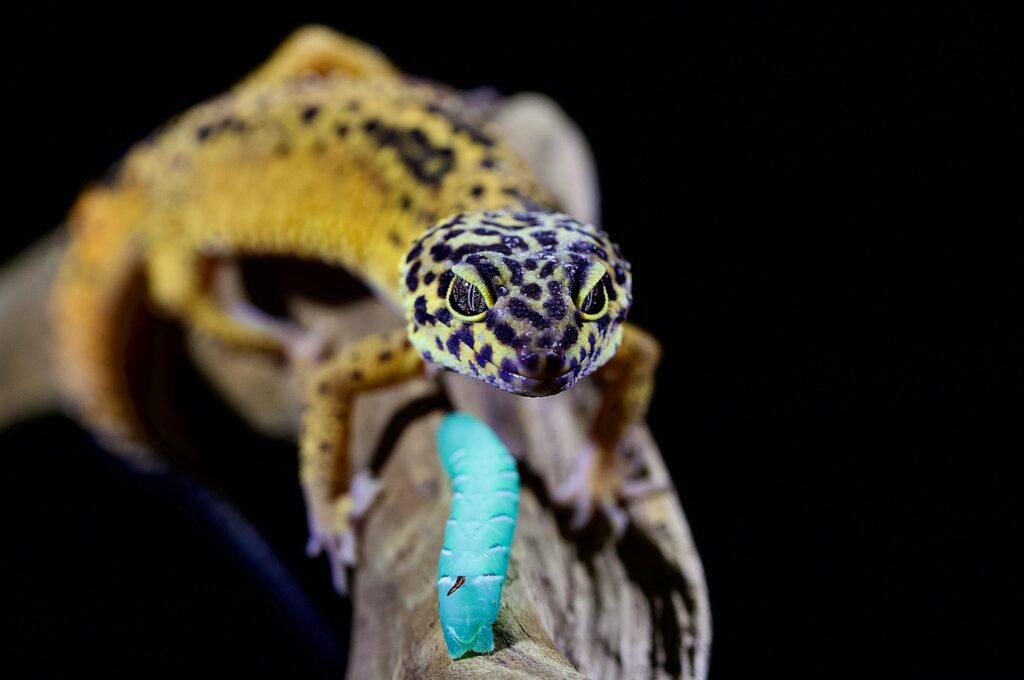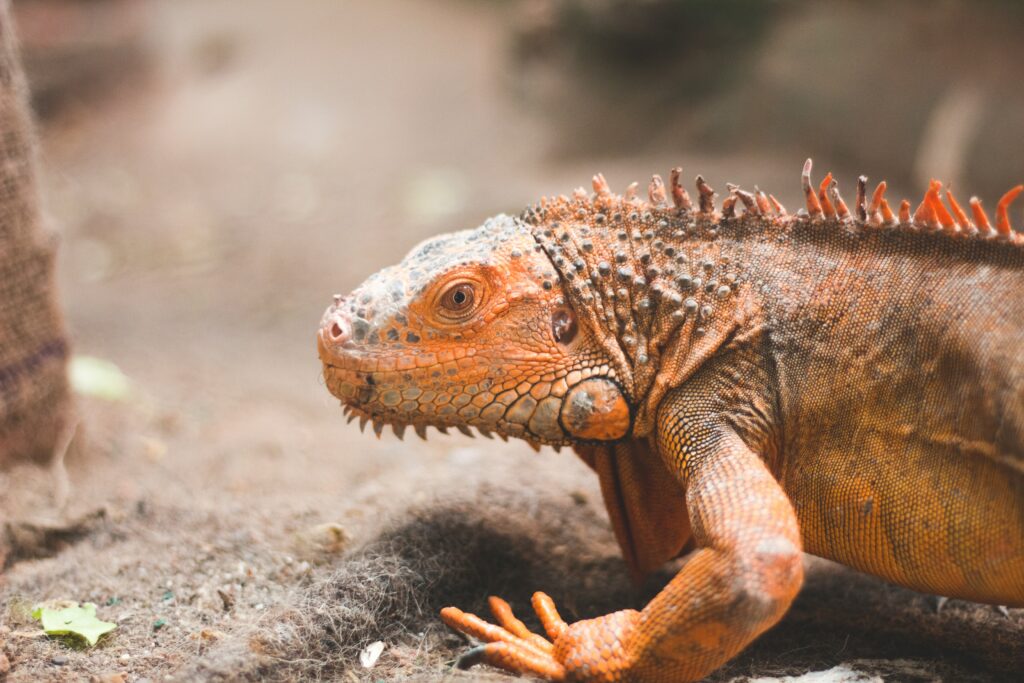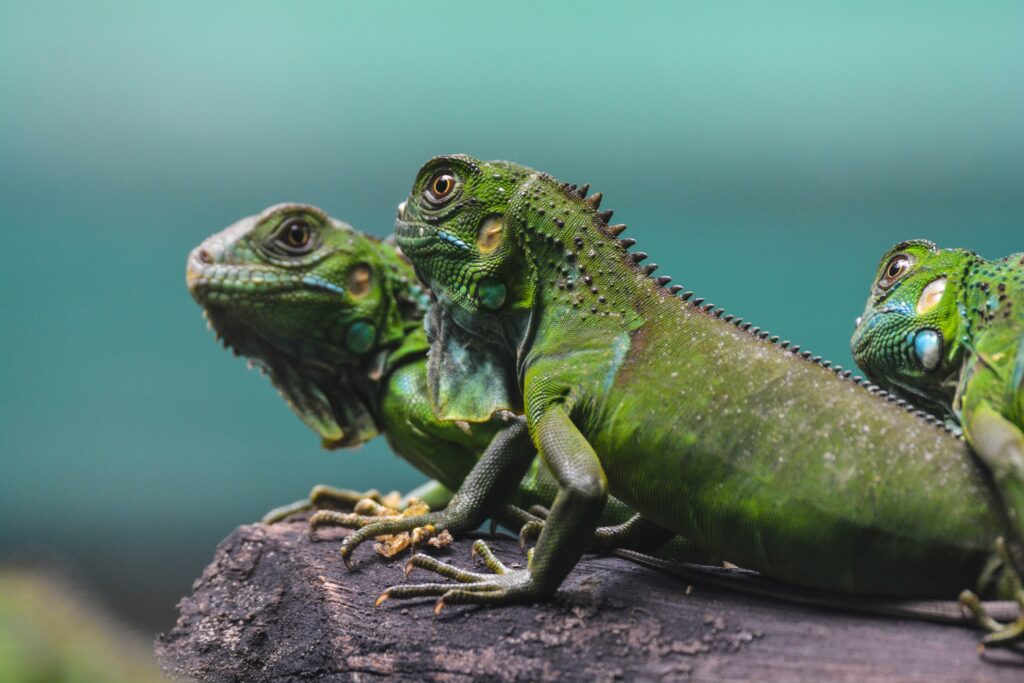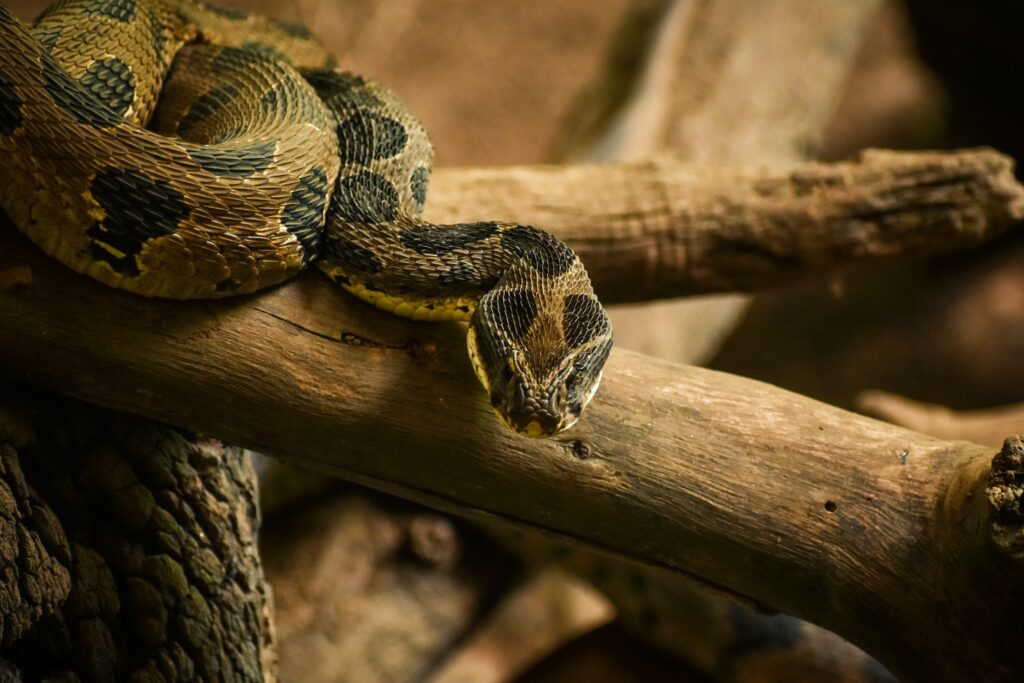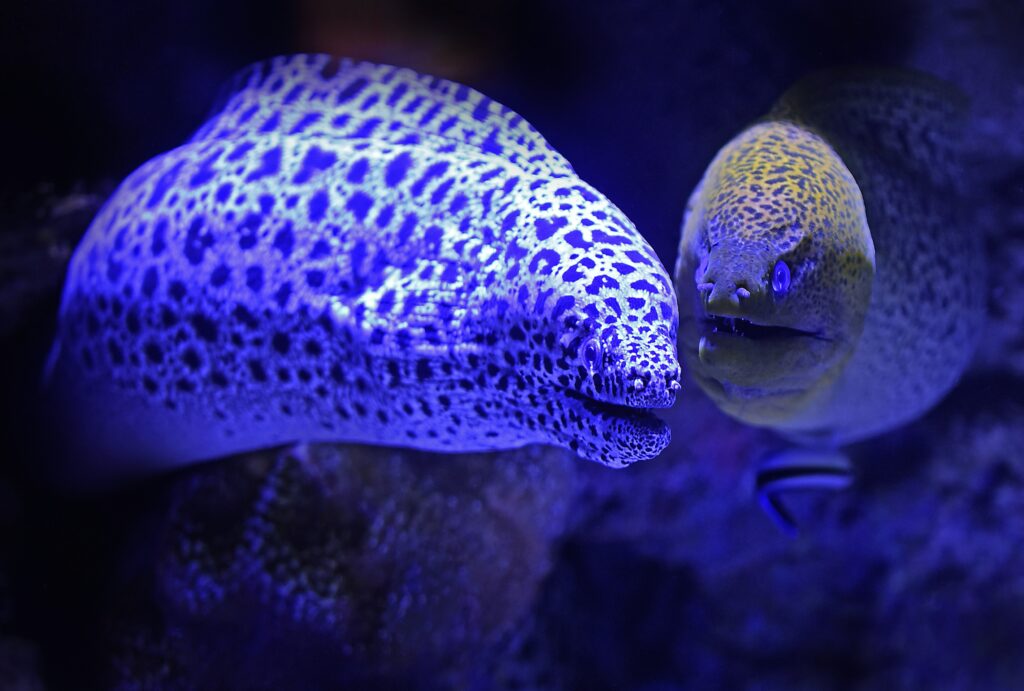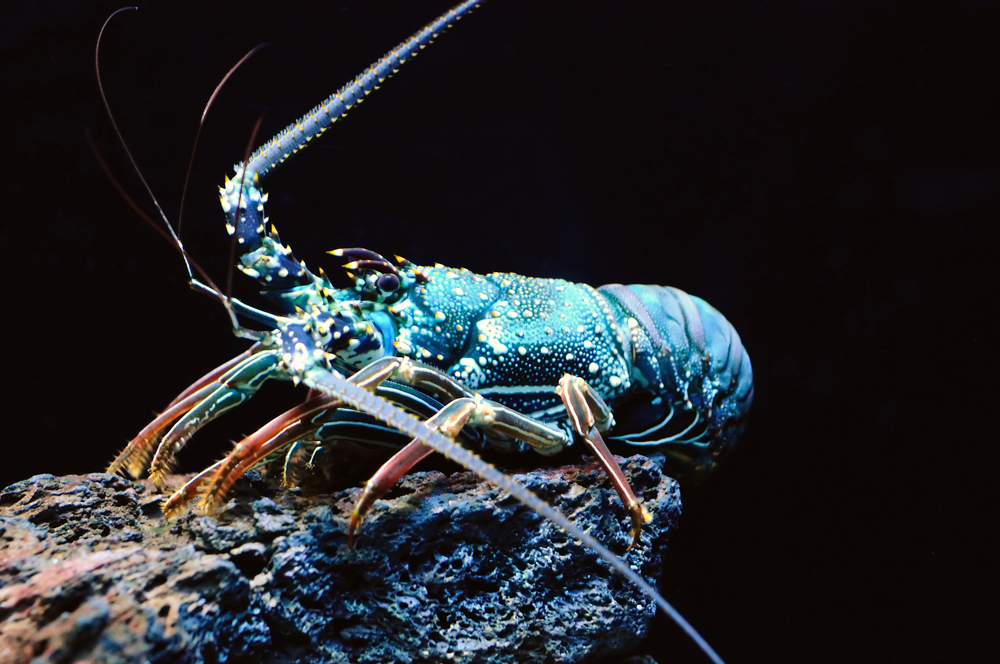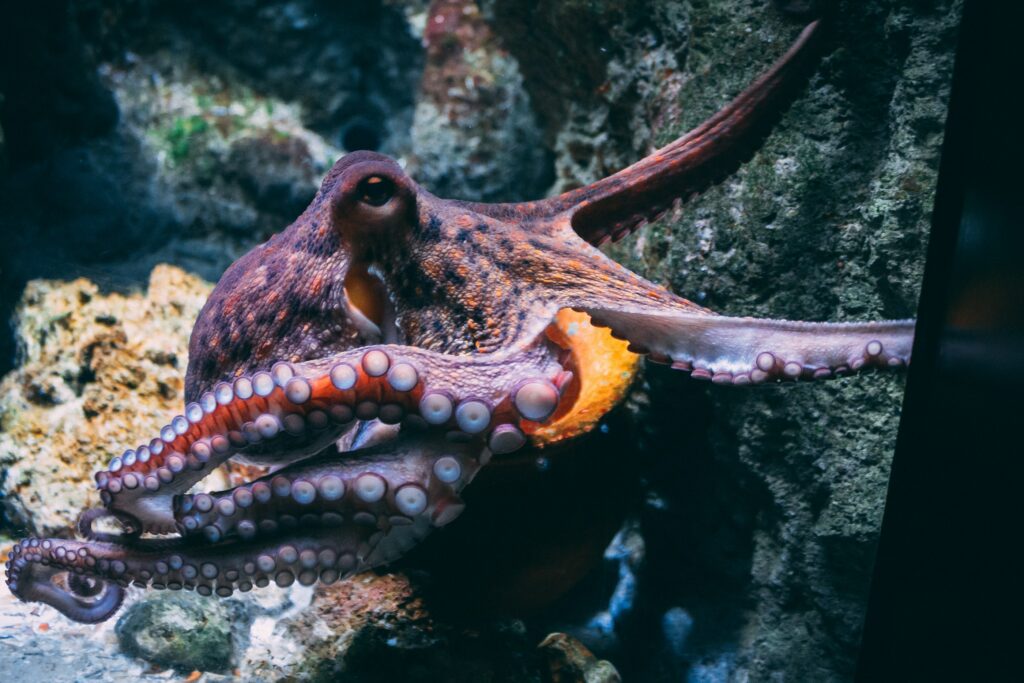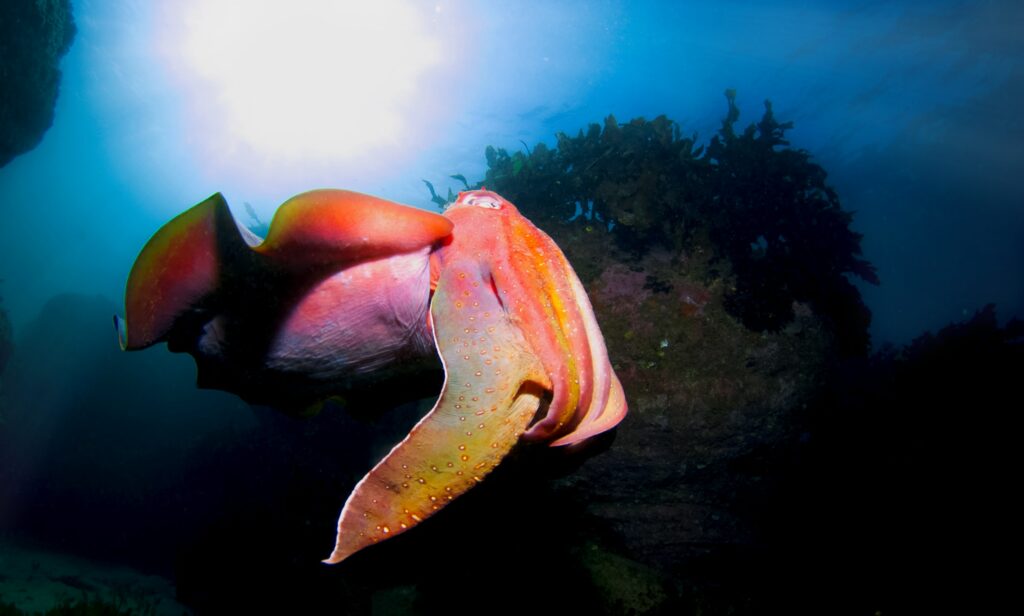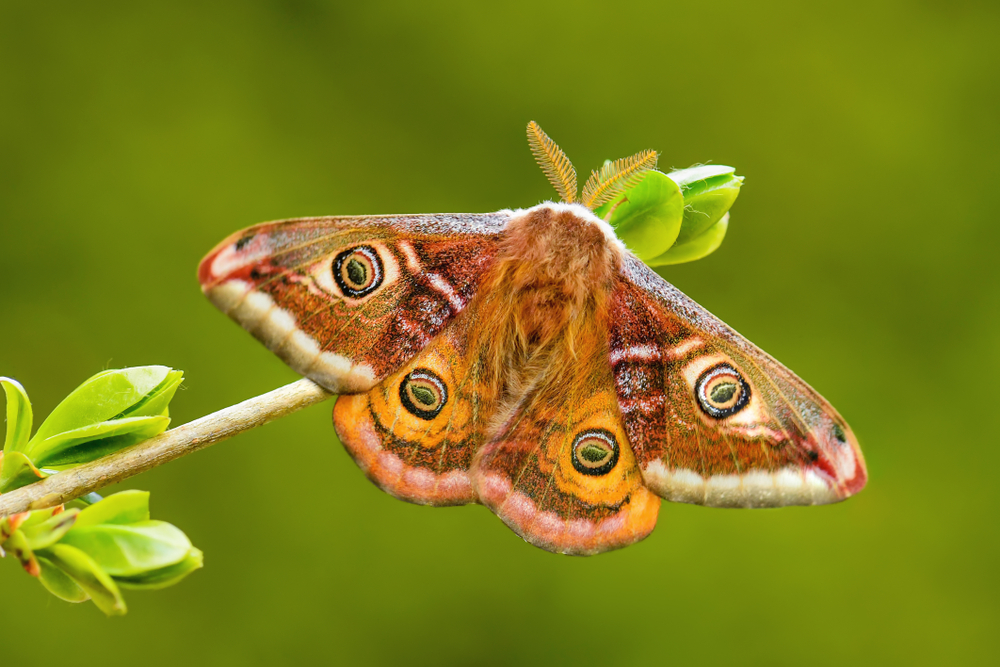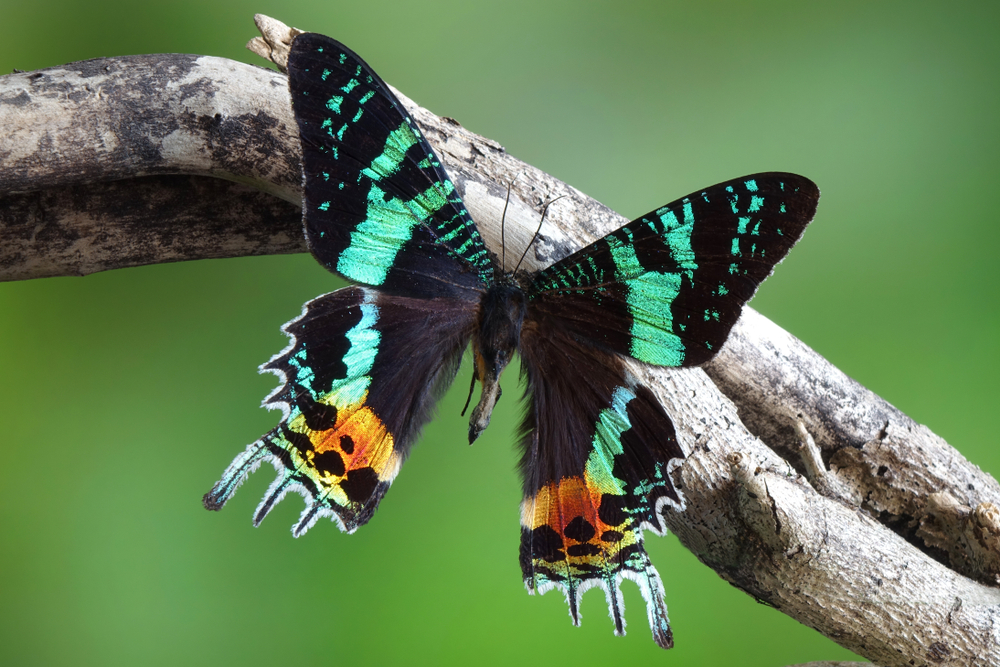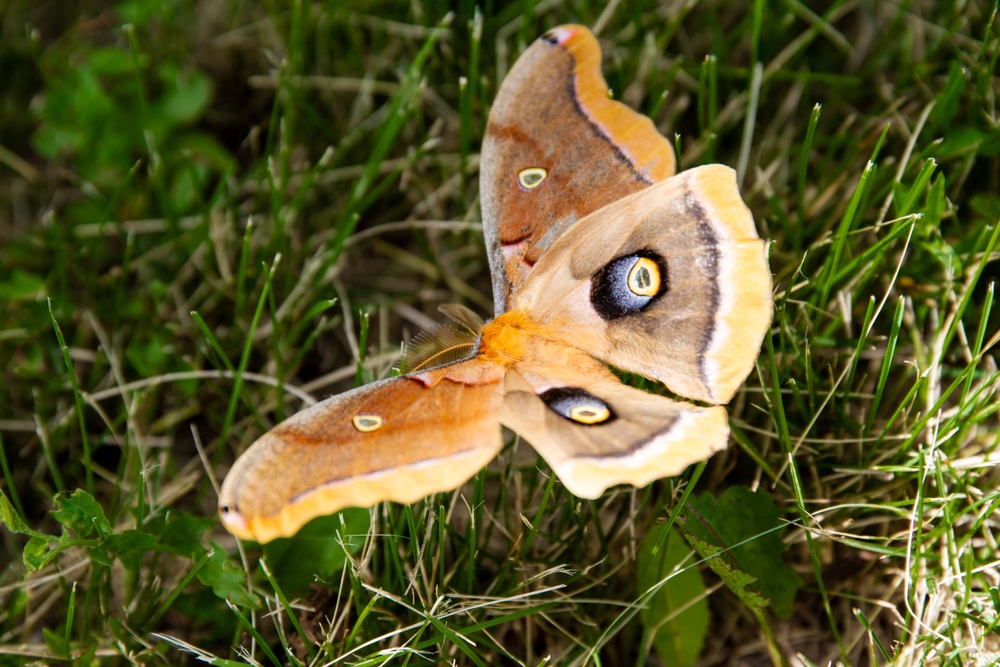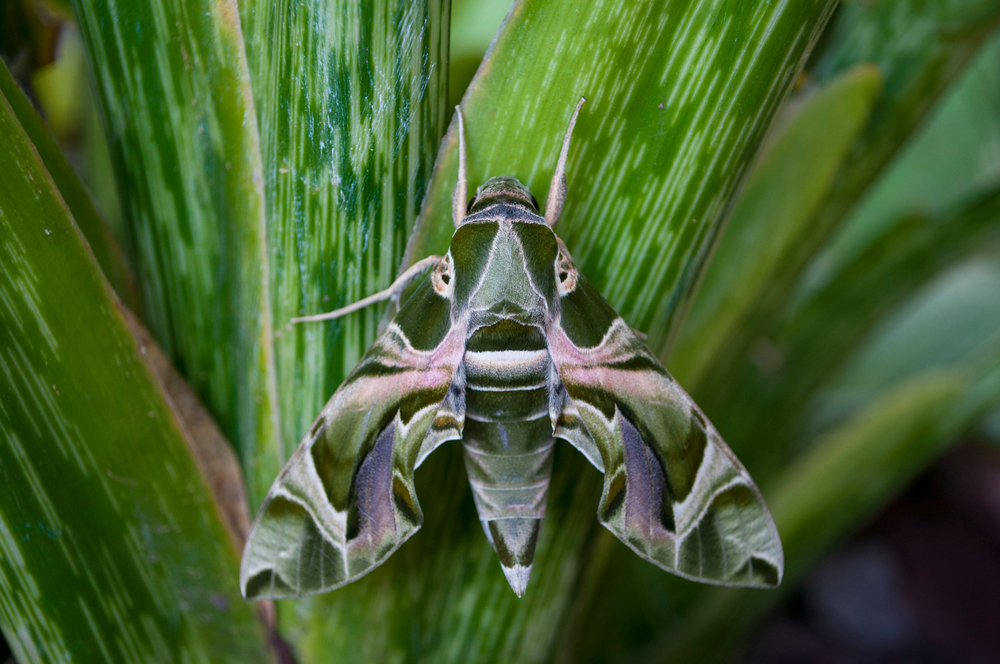The Emperor Moth (Saturnia pavonia) is closely related to other giant silk moths in the Saturniidae family. Its closest relative in Europe is the Giant Peacock Moth (Saturnia pyri), which is larger and widespread in southern regions.
About
The Emperor Moth (Saturnia pavonia) is a striking species of moth native to Europe and parts of Asia. Belonging to the family Saturniidae, it is one of the most recognizable large moths in the region, noted for its vivid eye-like patterns on its wings that serve as a defense mechanism against predators. With a wingspan ranging from 50 to 80 millimeters (2 to 3 inches), the males and females show notable sexual dimorphism: males have more vibrant coloration with feathered antennae for detecting female pheromones, while females are larger and more muted in hue.
This species thrives in a variety of habitats, including heathlands, open woodlands, moorlands, and grasslands. Its life cycle is highly seasonal, with adults emerging in spring, typically from April to June. Emperor moths are short-lived in their adult form, surviving only long enough to reproduce, as they lack functional mouthparts and cannot feed. Males are strong fliers, actively searching for females, while females release powerful pheromones detectable over great distances to attract mates.
The larvae are just as remarkable as the adults. Caterpillars hatch in summer, starting black with orange markings before turning bright green with blue and yellow spots as they mature. They feed on a wide variety of plants, including heather, hawthorn, bramble, willow, and birch. By late summer, they spin tough, oval-shaped cocoons attached to stems or hidden in foliage, where they overwinter as pupae.
Culturally, the Emperor moth is admired as one of the most beautiful European moths and often symbolizes transformation due to its dramatic metamorphosis. While not endangered, its populations depend on healthy habitats, making conservation of moorland and woodland ecosystems vital to its long-term survival.
Physical Characteristics
The Emperor Moth (Saturnia pavonia) is the largest native moth found in the United Kingdom and across much of Europe, known for its striking and colorful appearance.
Wings: Adults have broad wings with a wingspan ranging from 2.4 to 3.5 in (6 to 9 cm). Both forewings and hindwings display distinctive eye spots, which serve as a defense mechanism against predators. The males are particularly vibrant, with orange-brown forewings edged in darker shades, while females are generally larger and more subdued in coloration, appearing grayish-brown.
Body: Their bodies are thick and covered in dense, furry scales that provide insulation. The abdomen is banded and robust, supporting their relatively short adult lifespan.
Antennae: Males have feathery, bipectinate antennae that are highly sensitive and specialized for detecting female pheromones, even from long distances. Females, in contrast, have thinner, less feathery antennae.
Caterpillars: The larval stage is equally distinctive, with bright green bodies covered in black rings and tufts of hair-like bristles. As they grow, the caterpillars become more vibrant, with yellow or orange tubercles (small raised structures) that stand out against the green background.
The Emperor Moth’s physical features—particularly its size, colorful eye spots, and sexual dimorphism in wing coloration and antennae—make it one of the most recognizable moth species in Europe.
Reproduction
The reproductive cycle of the Emperor Moth (Saturnia pavonia) is brief and highly specialized, reflecting the moth’s short adult lifespan.
Mating and Courtship: Adult moths emerge in spring, typically from April to June depending on climate. Males are highly active during the day, flying long distances to locate females by following pheromone trails. Females usually remain stationary after emerging, releasing powerful pheromones to attract mates.
Egg Laying: After mating, the female deposits her eggs in small clusters on the stems or leaves of host plants such as heather, bramble, hawthorn, and willow. Each female may lay up to 200–300 eggs during her lifetime.
Larval Development: Eggs hatch within about 2–3 weeks. The larvae initially appear black but soon develop their characteristic bright green bodies with colorful tubercles and bristles. Caterpillars feed voraciously through the summer, undergoing several molts before reaching full size.
Pupation: By late summer, mature caterpillars spin tough, oval-shaped cocoons attached to vegetation or hidden low to the ground. They remain inside as pupae through autumn and winter, with the adult moths emerging the following spring.
Adult Lifespan: Adults live only 4 to 6 days, with their sole purpose being reproduction. They do not feed in this stage, relying entirely on stored energy reserves from their larval phase.
The Emperor Moth’s reproductive strategy centers on producing large numbers of eggs and rapid mate-finding behavior, ensuring survival despite the moth’s very limited adult lifespan.
Lifespan
The Emperor Moth (Saturnia pavonia) has a life cycle that reflects dramatic differences in longevity between its stages.
Egg Stage: Eggs typically last 2 to 3 weeks before hatching, depending on temperature and environmental conditions.
Larval Stage: The caterpillar stage is the longest part of the life cycle, lasting about 3 to 4 months through the spring and summer. During this time, larvae feed heavily on host plants and molt several times as they grow.
Pupal Stage: Pupation occurs in a silken cocoon, often attached to low vegetation. The pupal stage lasts through the winter months, usually 6 to 8 months, though in some cases it may extend longer if conditions are unfavorable.
Adult Stage: Adults have the shortest lifespan, surviving only 4 to 6 days. During this time, they do not feed and focus exclusively on reproduction. Males spend their lives in constant flight searching for females, while females remain largely stationary, using pheromones to attract mates before laying eggs.
Overall, while the adult Emperor Moth lives less than a week, the entire life cycle from egg to adult emergence spans close to a year.
Eating Habits
The Emperor Moth (Saturnia pavonia) shows a complete contrast between its larval and adult stages when it comes to feeding.
Larvae (Caterpillars): The caterpillar stage is the only feeding stage of the species. Emperor Moth caterpillars are voracious herbivores, consuming the leaves of a wide range of host plants. Common food plants include heather, bramble, hawthorn, willow, and birch. As they grow, their appetite increases significantly, allowing them to store vital energy reserves for pupation and the non-feeding adult stage.
Pupae: During pupation, the moth does not feed. Instead, it relies on the fat reserves accumulated during the larval stage to survive through the long winter diapause.
Adults: Adult Emperor Moths do not have functional mouthparts and therefore cannot eat. Their sole purpose is reproduction. They depend entirely on the energy reserves stored as caterpillars. This explains their extremely short adult lifespan of only a few days.
The Emperor Moth’s feeding strategy is centered on maximizing growth and energy storage during the larval phase, ensuring the success of metamorphosis and reproduction despite the adult stage being non-feeding.
Uniqueness
The Emperor Moth (Saturnia pavonia) is one of Europe’s most striking moths, set apart by several remarkable traits that make it instantly recognizable.
Largest UK Moth: It holds the distinction of being the largest native moth species in the United Kingdom, with females reaching up to 3.5 in (9 cm) in wingspan.
Dramatic Eye Spots: Both males and females display bold eyespots on their forewings and hindwings. These markings mimic the eyes of larger animals, startling predators such as birds and deterring attacks.
Sexual Dimorphism: Males and females are visually distinct. Males are smaller, brightly colored in orange-brown tones, and equipped with large feathery antennae for detecting female pheromones. Females are larger, slower flying, and more muted in gray-brown coloration.
Pheromone Communication: Female Emperor Moths release powerful pheromones that can attract males from distances of several kilometers. This adaptation is critical, given the moth’s short adult lifespan.
Non-Feeding Adults: Unlike many other insects, adult Emperor Moths lack functional mouthparts. Their entire existence as adults is dedicated to reproduction, powered by fat reserves built up during the caterpillar stage.
Wide Distribution but Specialized Habitat: While found across much of Europe and parts of Asia, Emperor Moths are strongly associated with heathlands, moorlands, and other open habitats where their host plants thrive.
The Emperor Moth’s combination of striking defensive patterns, extreme sexual dimorphism, and unique reproductive strategies make it one of the most distinctive and fascinating moths in its range.
Be the First to Share Photos of This Species.
FAQ’s
1. What species is closest to the Emperor Moth?
2. How does the Emperor Moth compare to other species in the same family?
Compared to other Saturniidae, the Emperor Moth is smaller but just as striking, with vivid eyespots for defense. While its relatives, like the Giant Peacock Moth, can exceed 6 in (15 cm) wingspans, the Emperor Moth remains the largest native moth in the UK, reaching up to 3.5 in (9 cm).
3. What national parks provide the best opportunities to see an Emperor Moth?
Emperor Moths thrive in heathlands, moorlands, and open woodlands. National parks such as Cairngorms National Park in Scotland, Dartmoor and Exmoor National Parks in England, and Snowdonia in Wales are excellent places to spot them.
4. In what parts of the world can you find an Emperor Moth?
They are widespread across much of Europe, including the British Isles, Scandinavia, and central Europe, extending into western Asia. Their habitats are typically open landscapes rich in host plants like heather, bramble, and hawthorn.
5. How many types of Emperor Moth are there?
The Emperor Moth is a single recognized species, Saturnia pavonia. However, it belongs to the larger Saturniidae family, which contains about 2,300 species worldwide, many of which share similar features such as large wings and bold eyespots.
